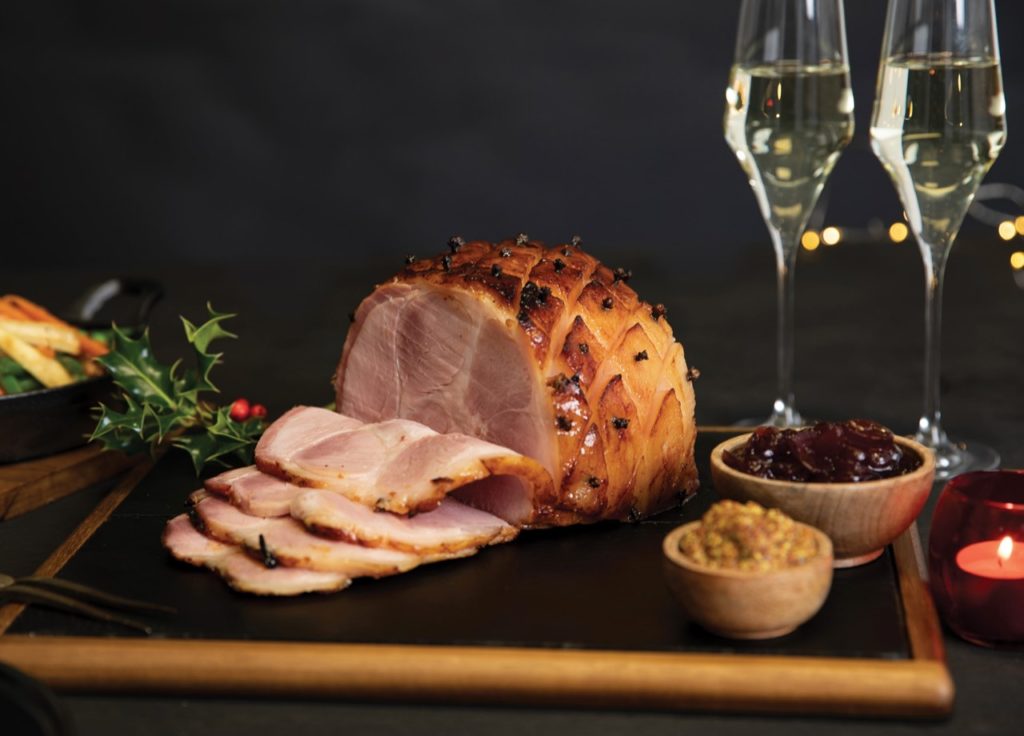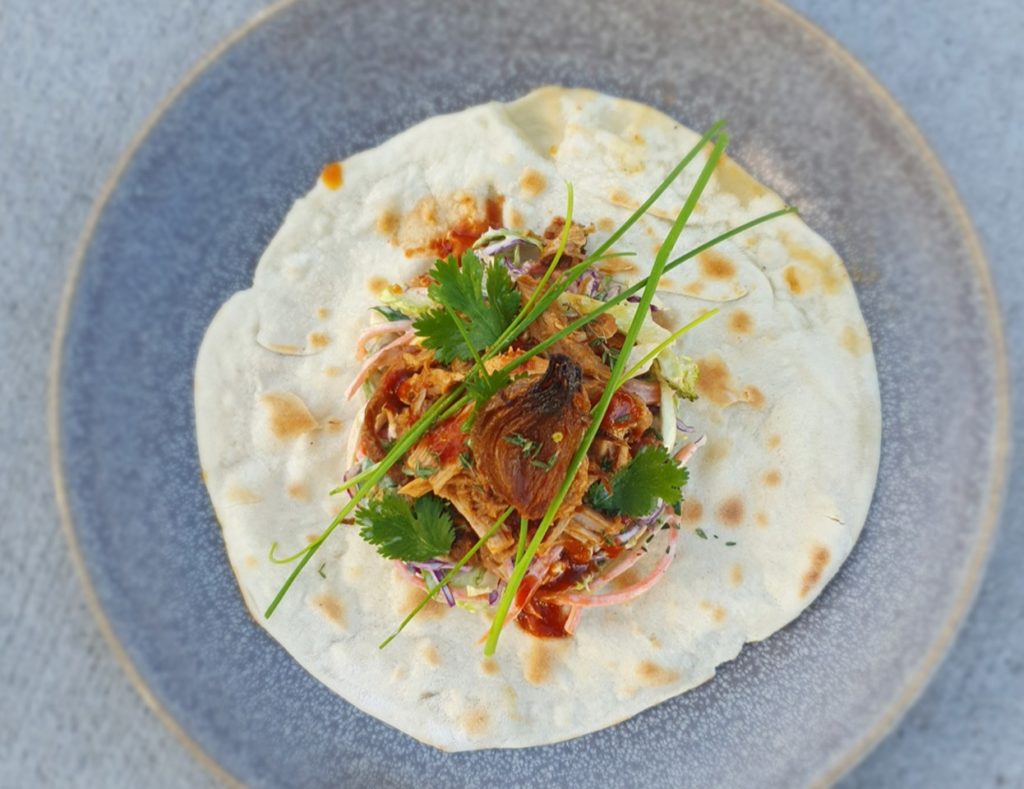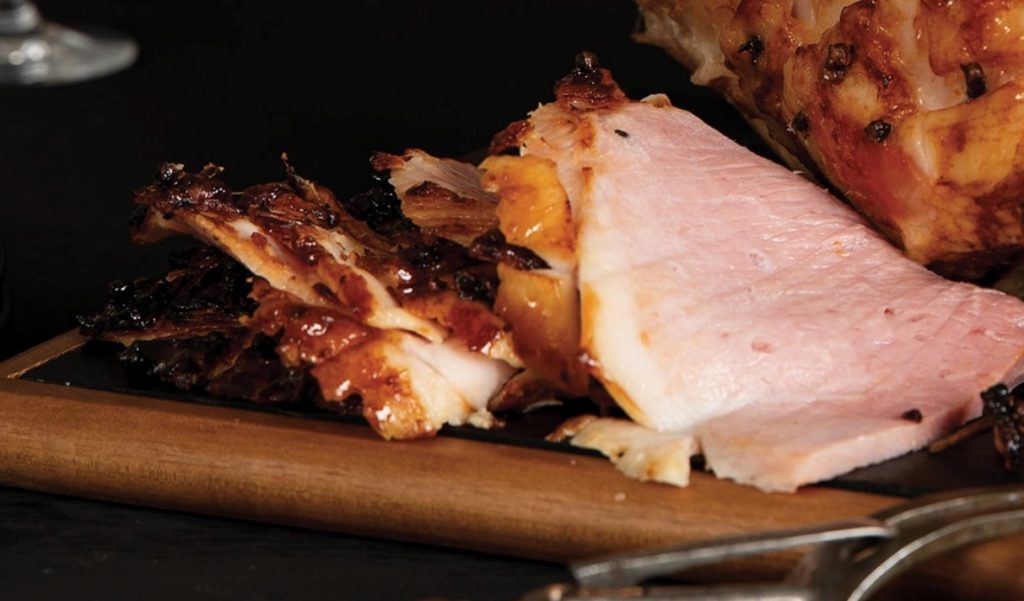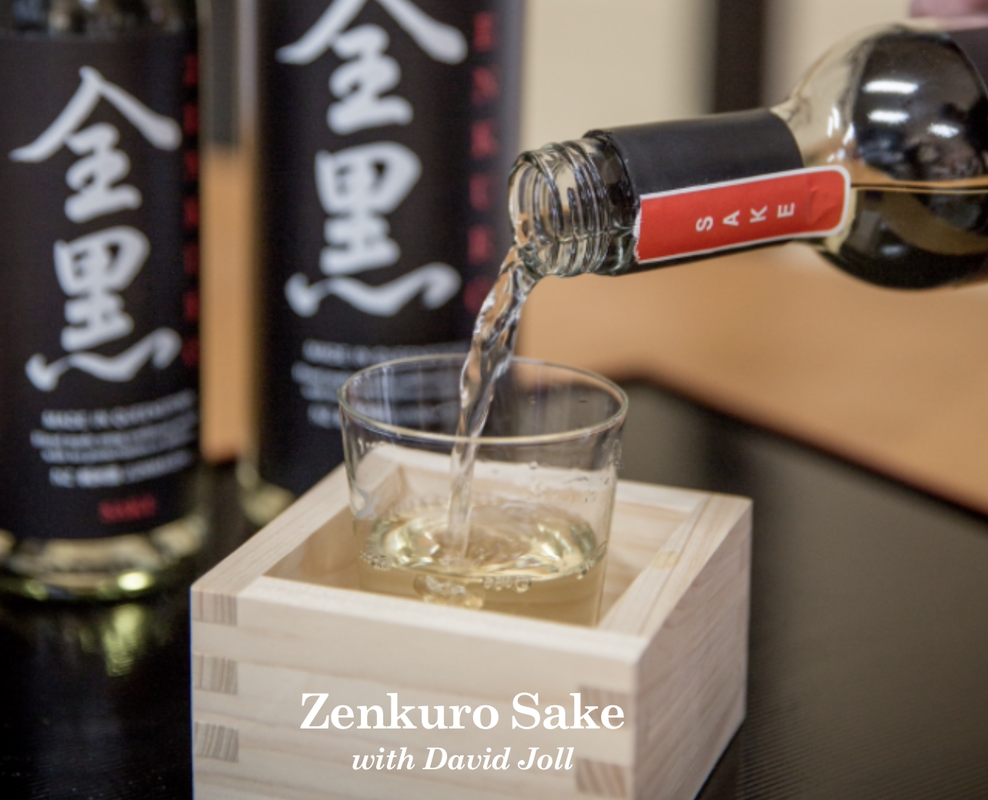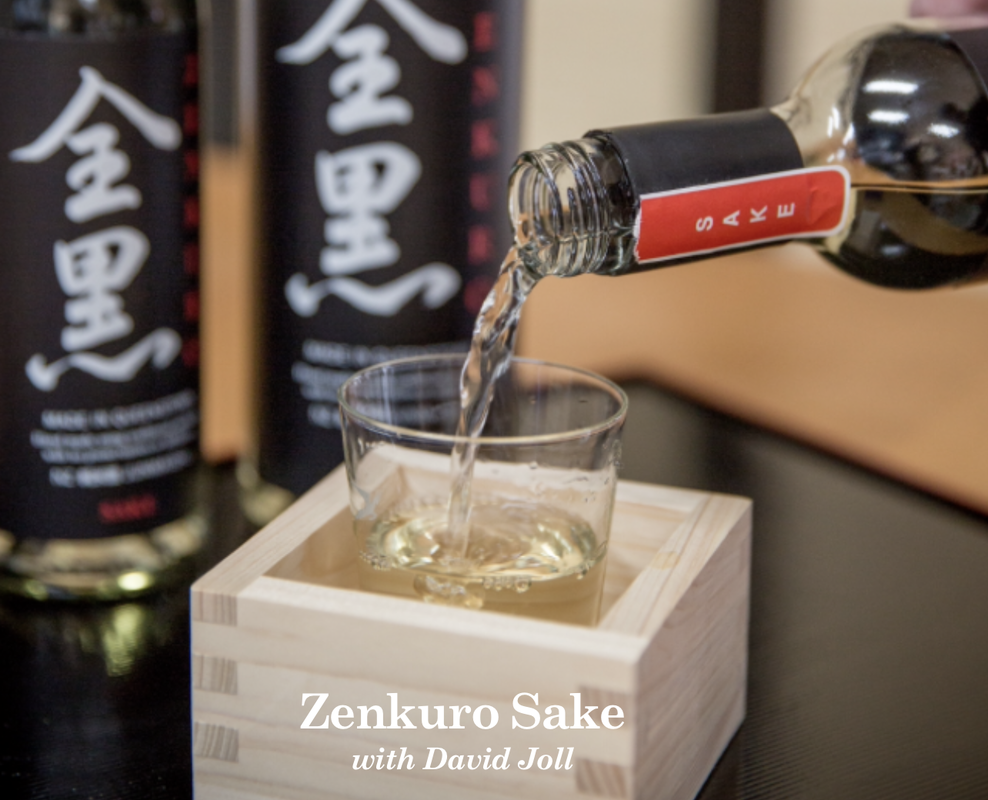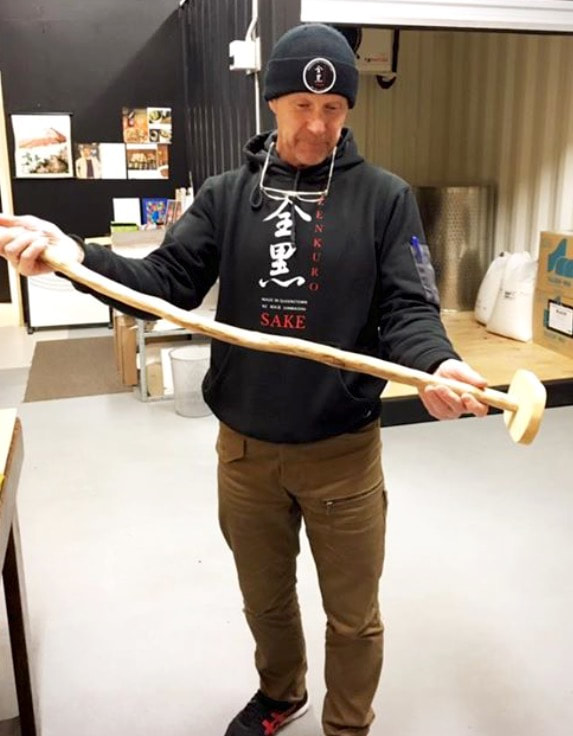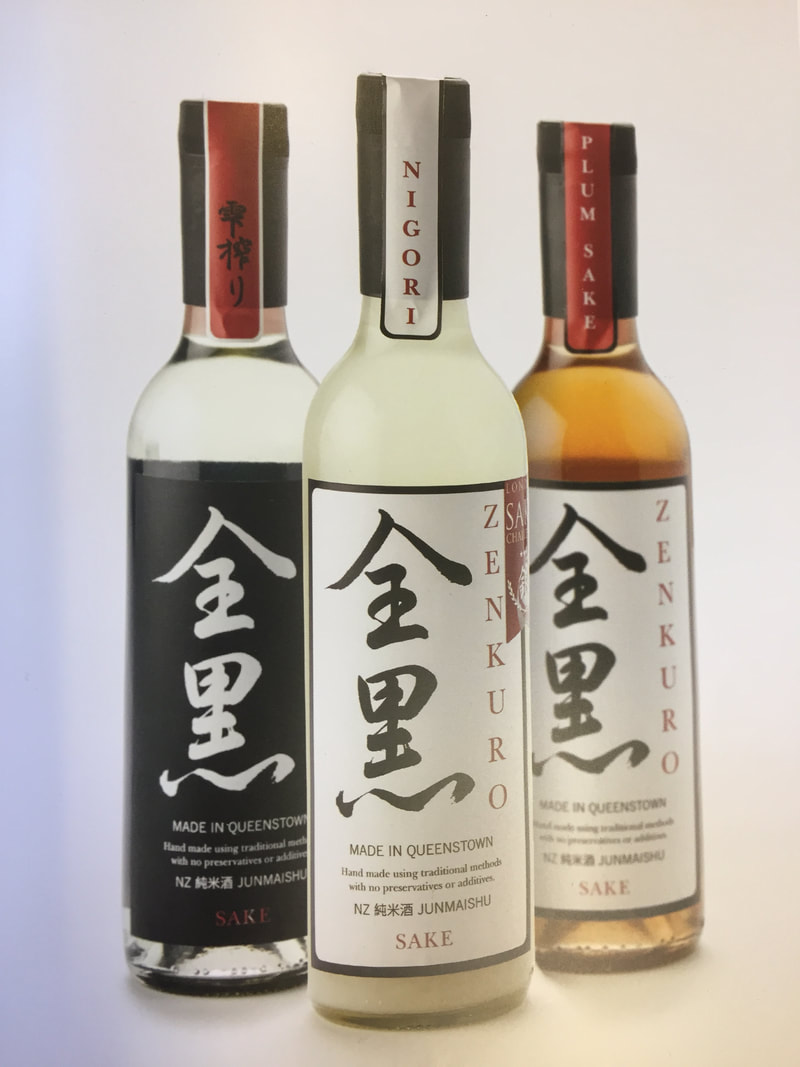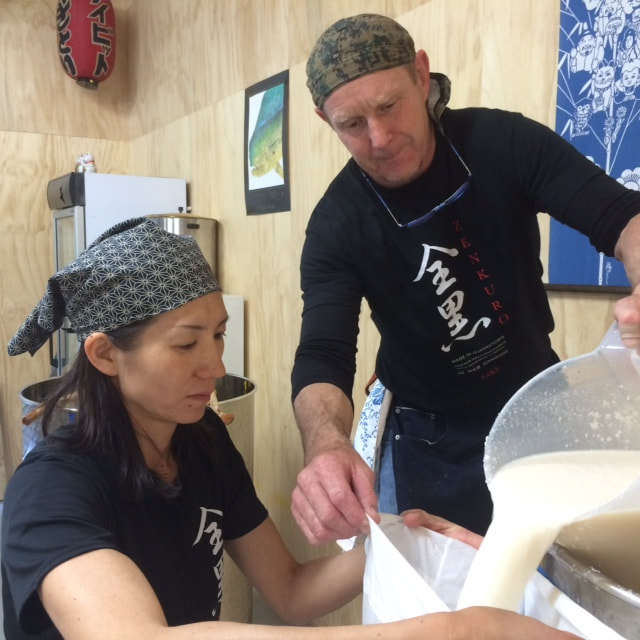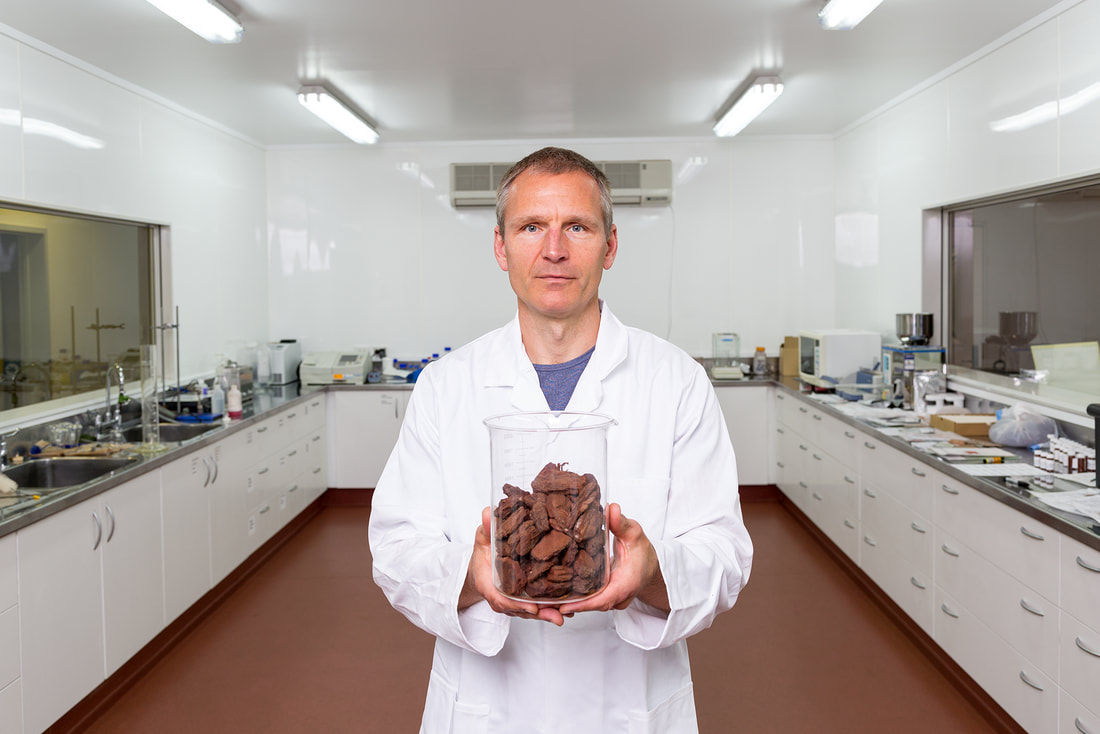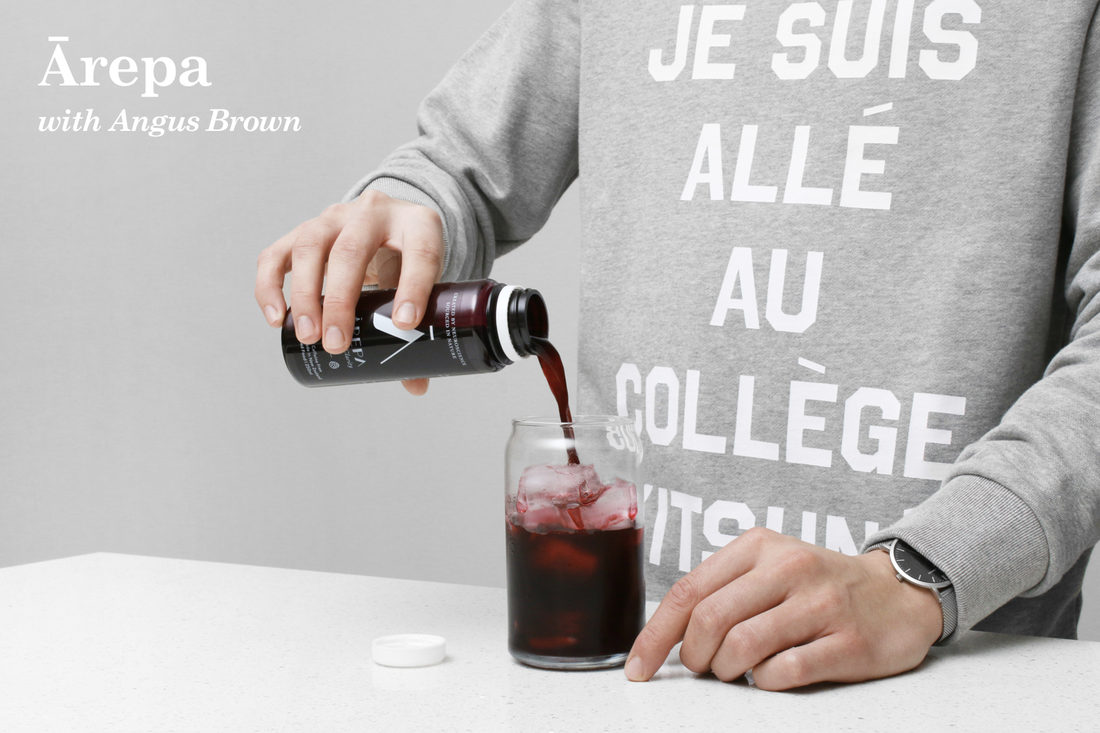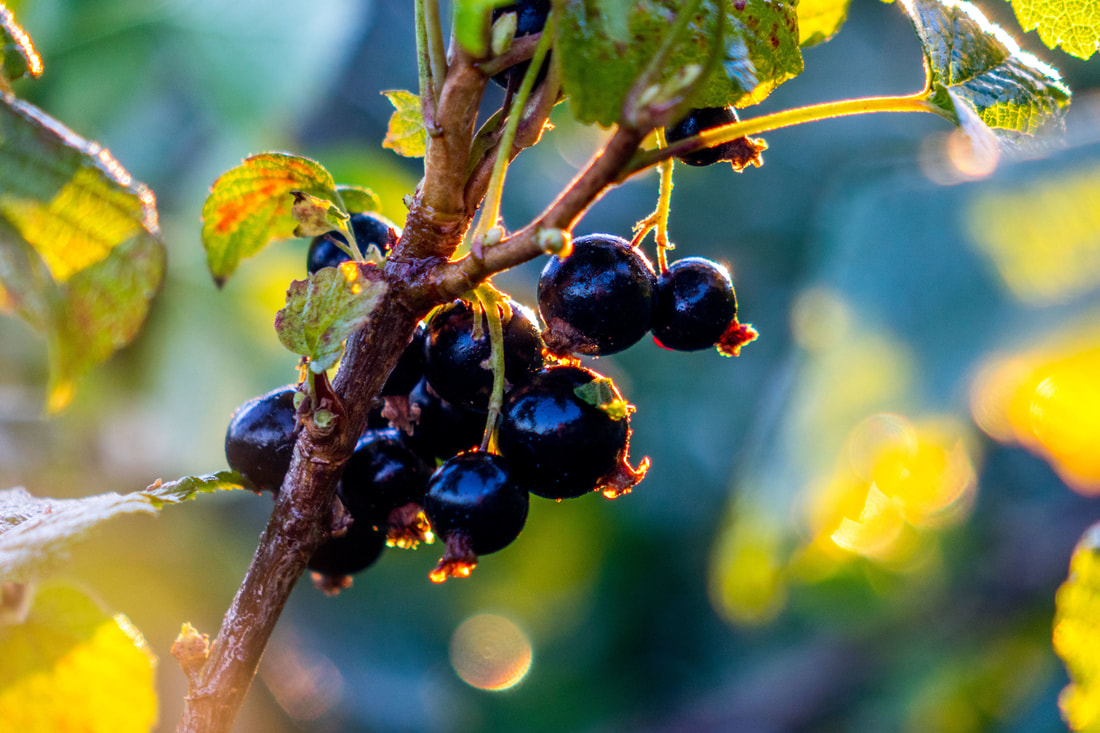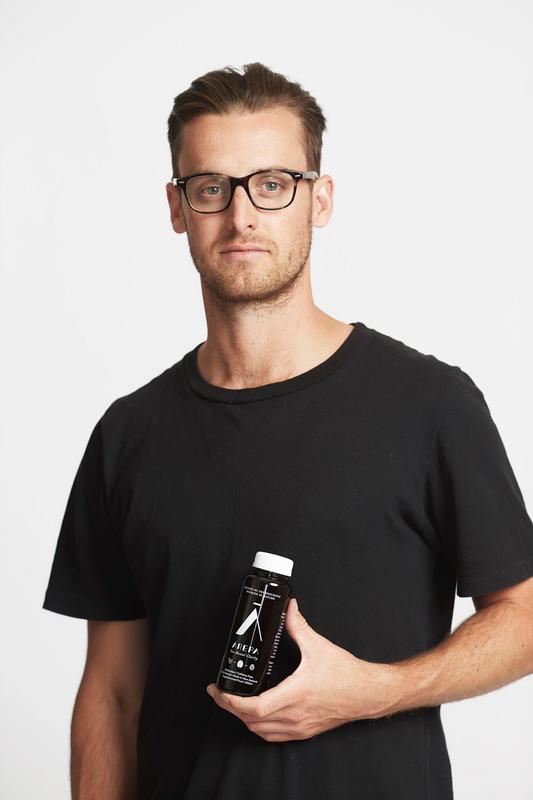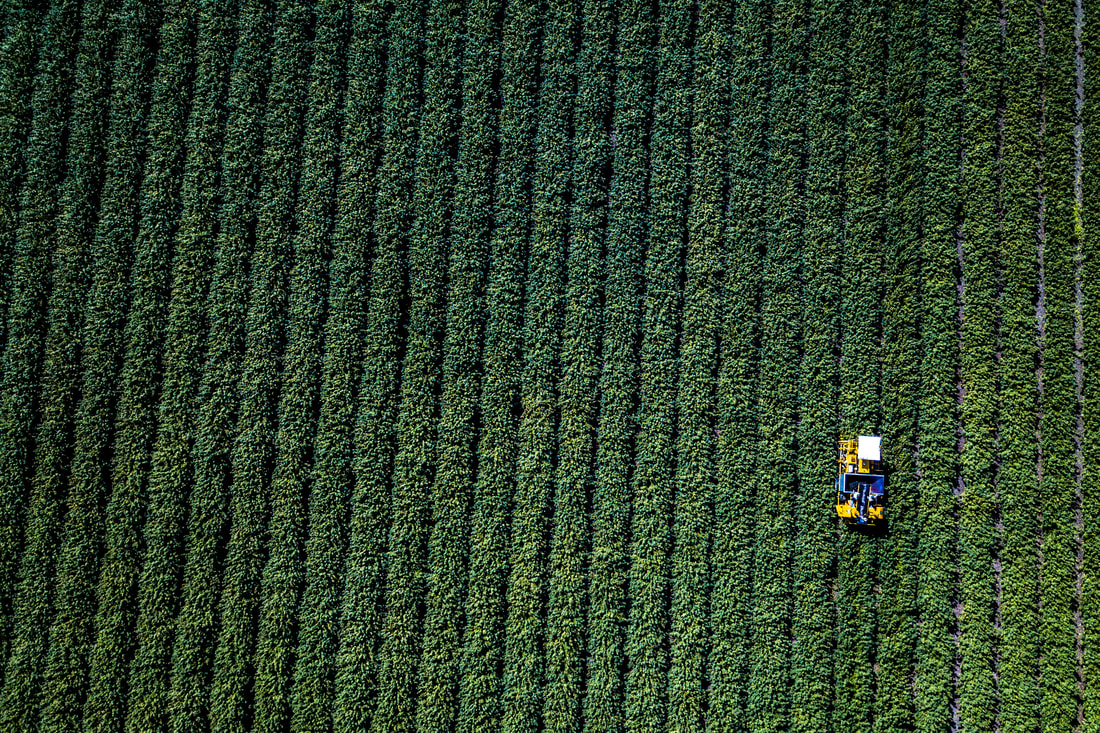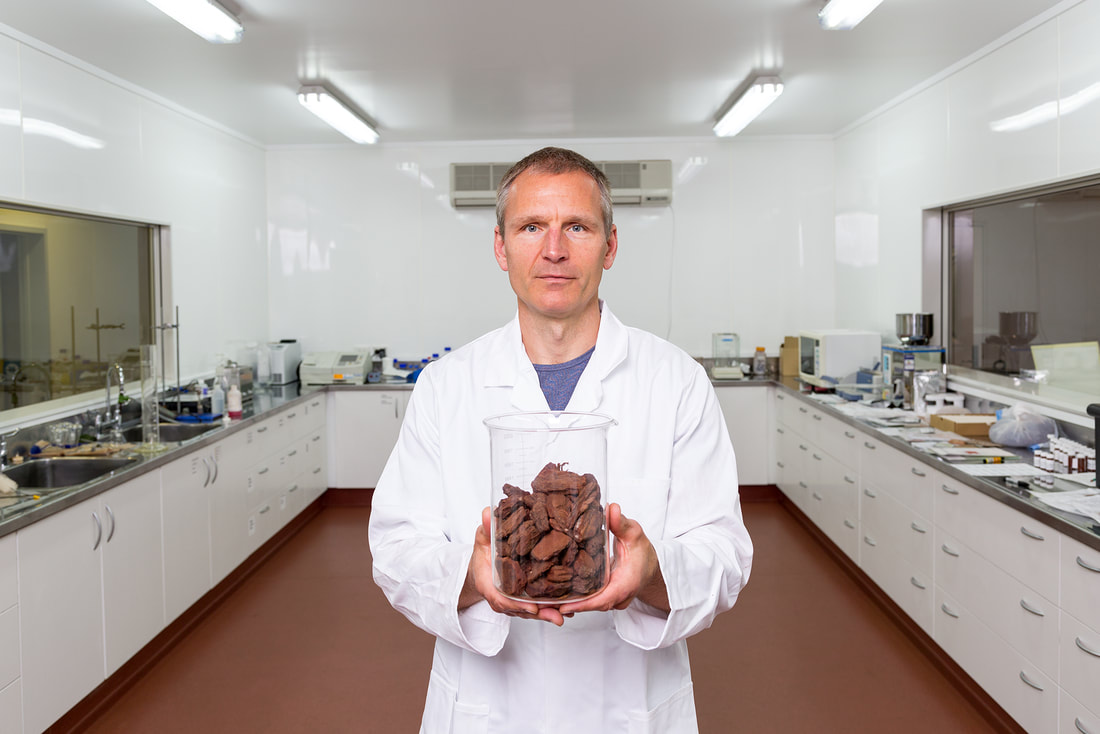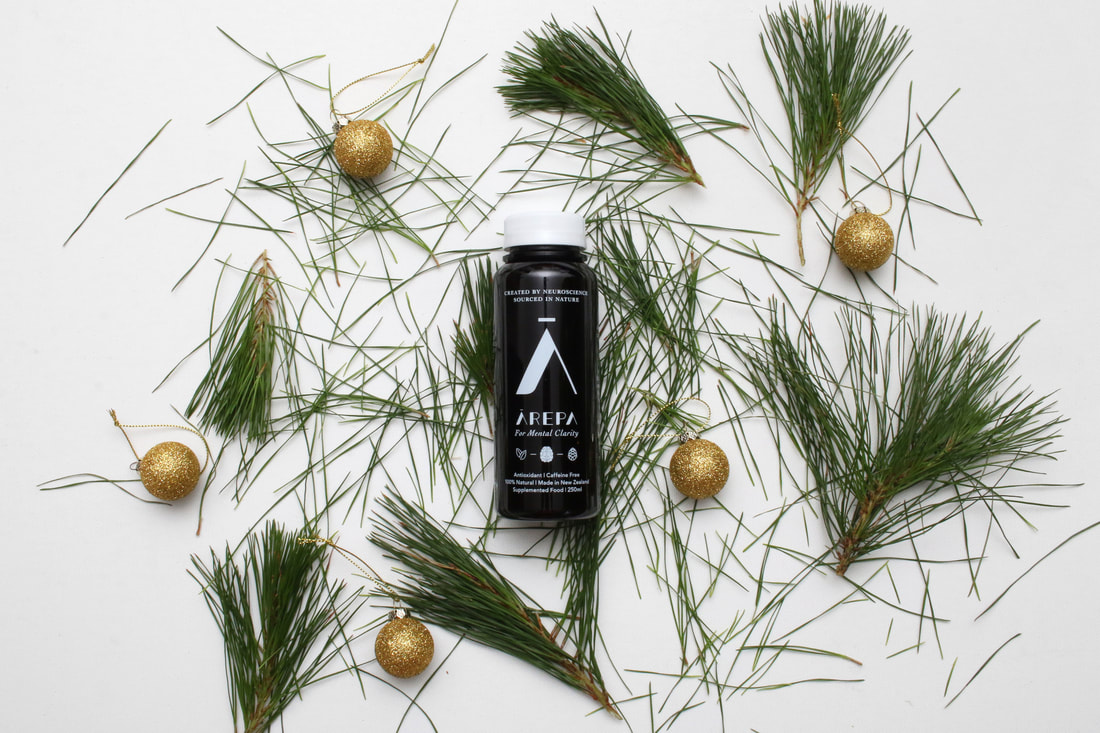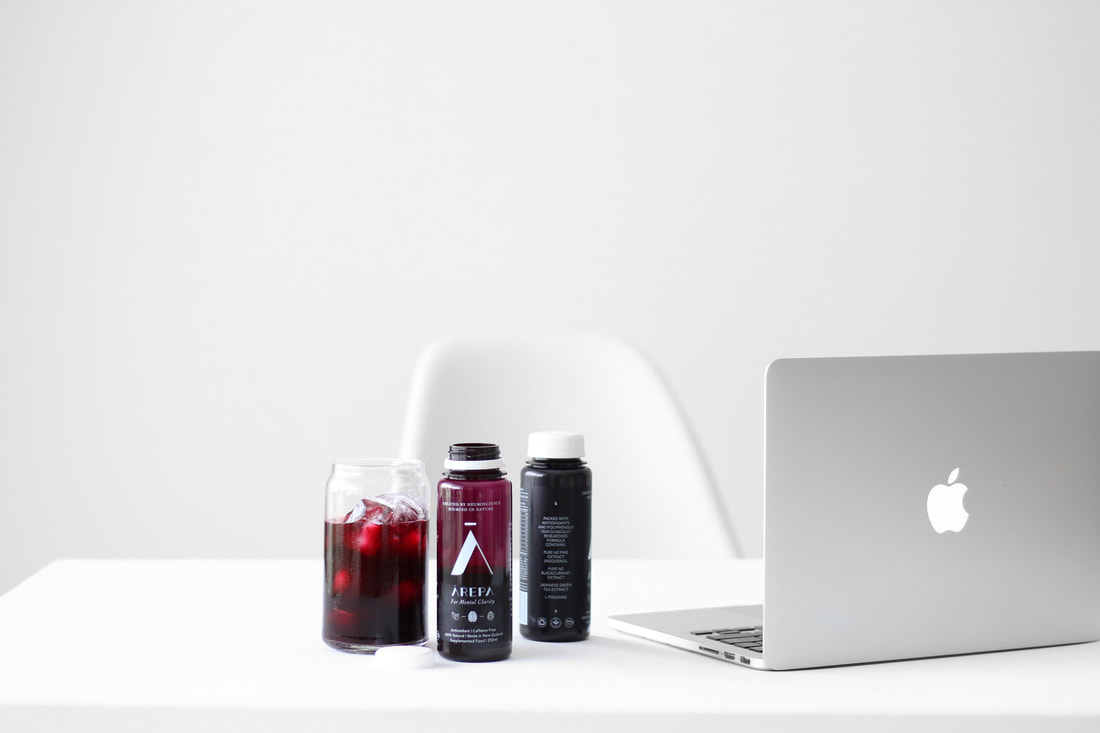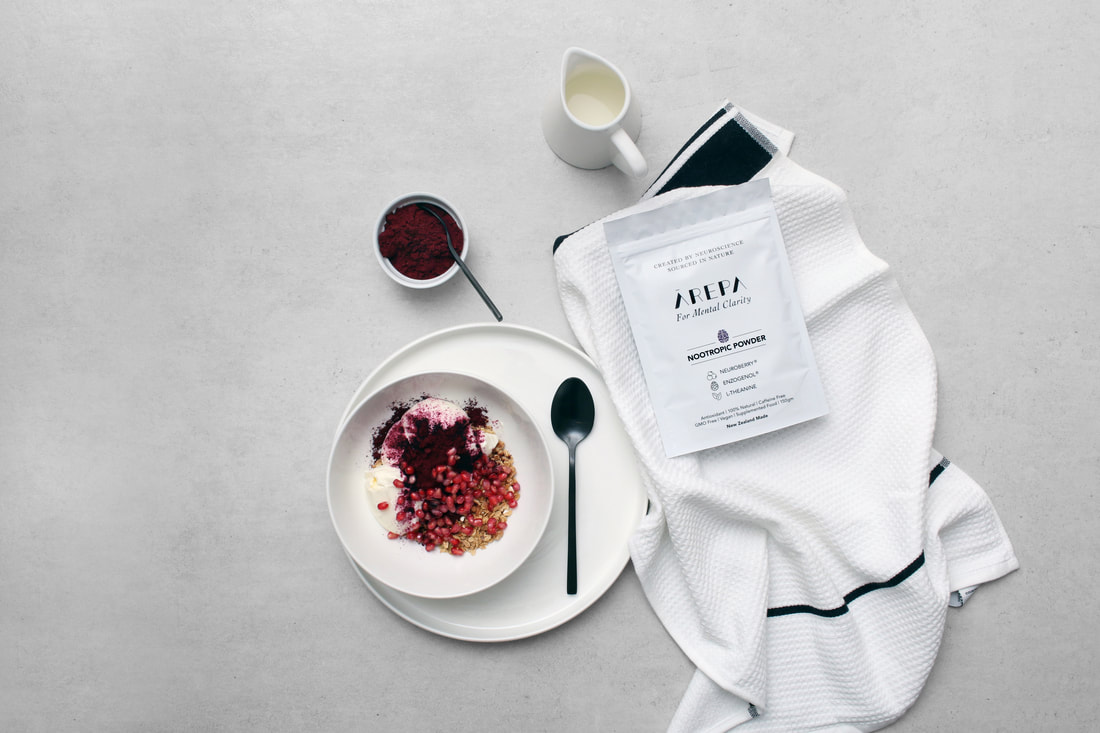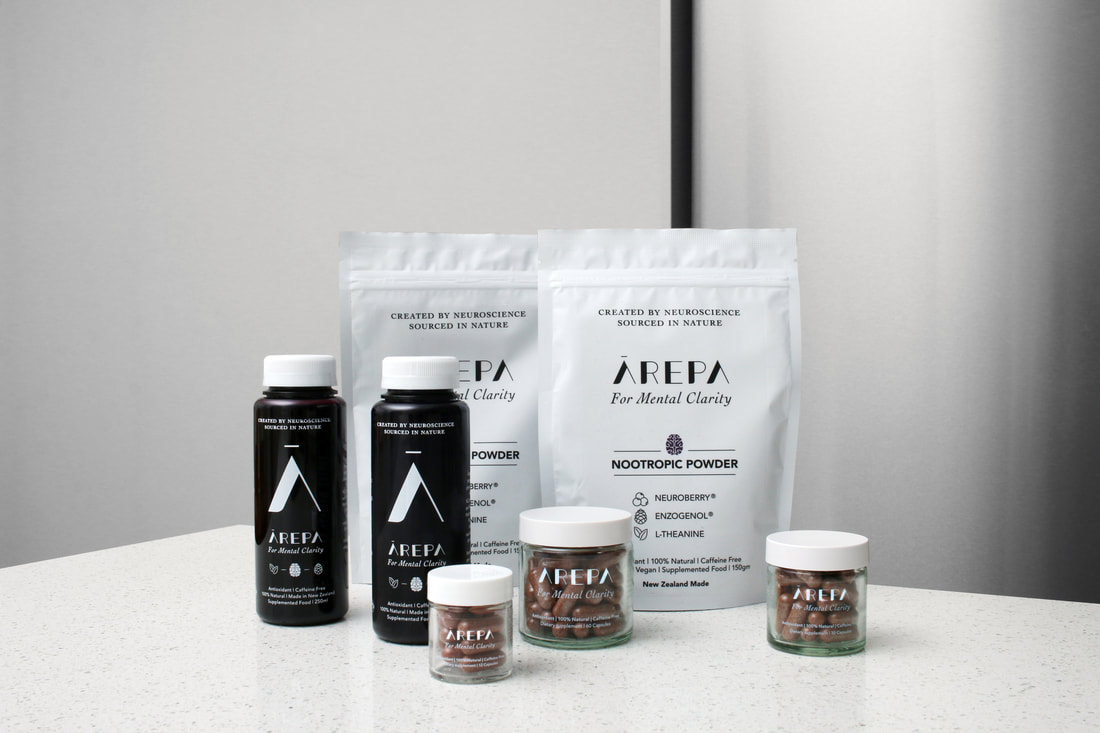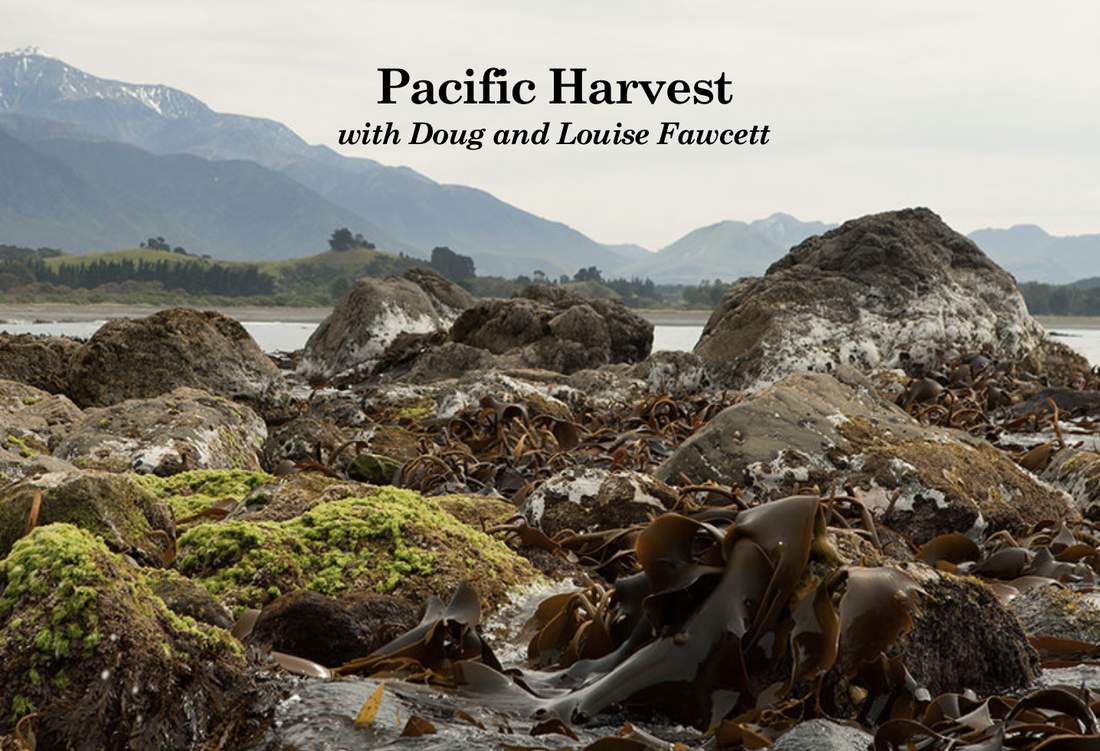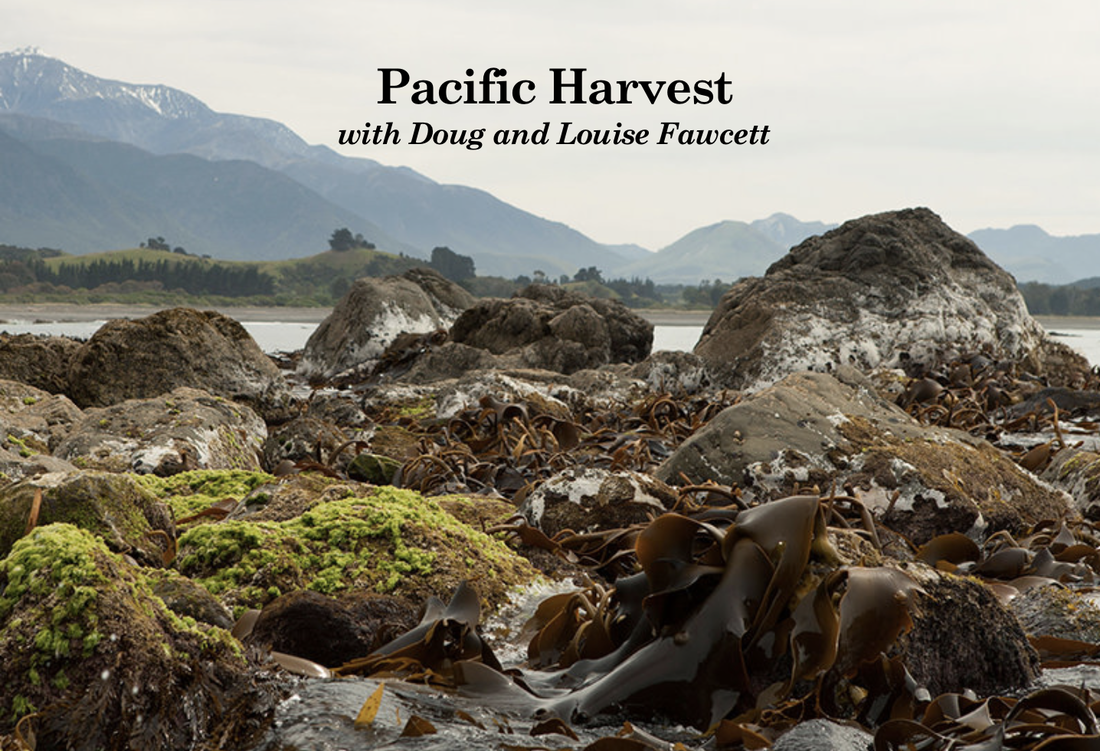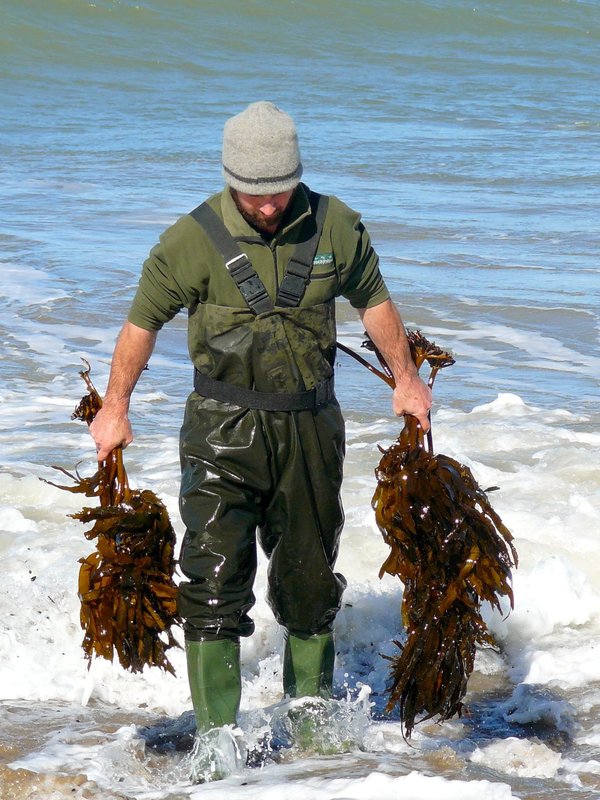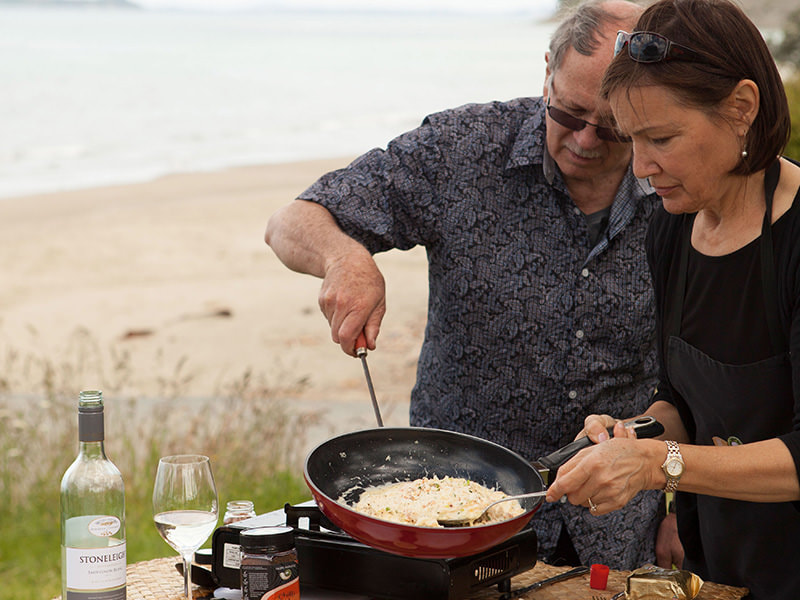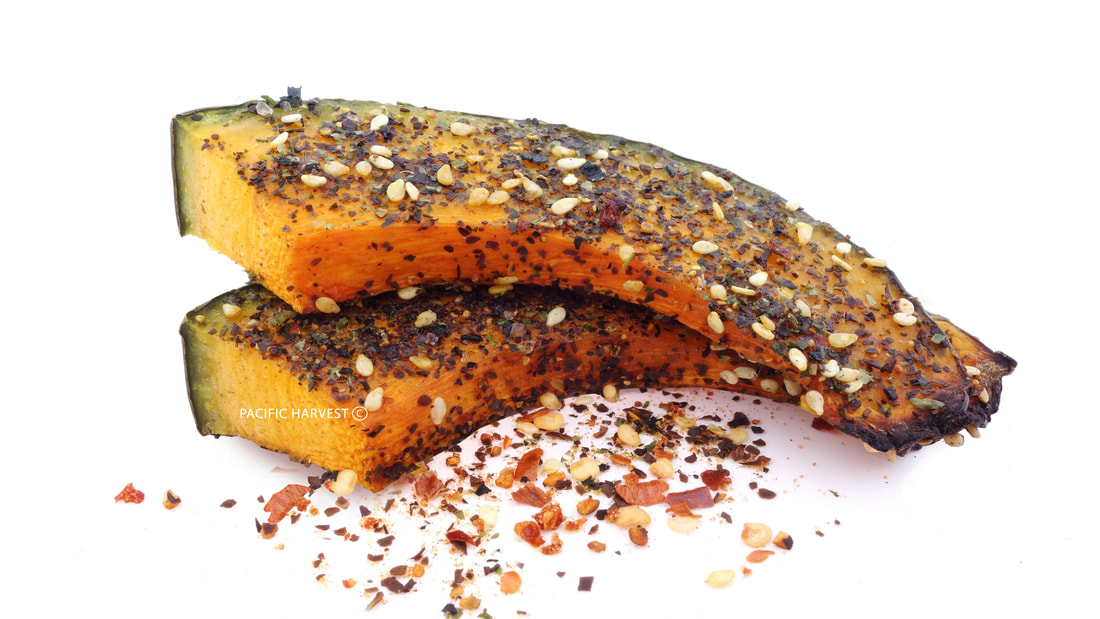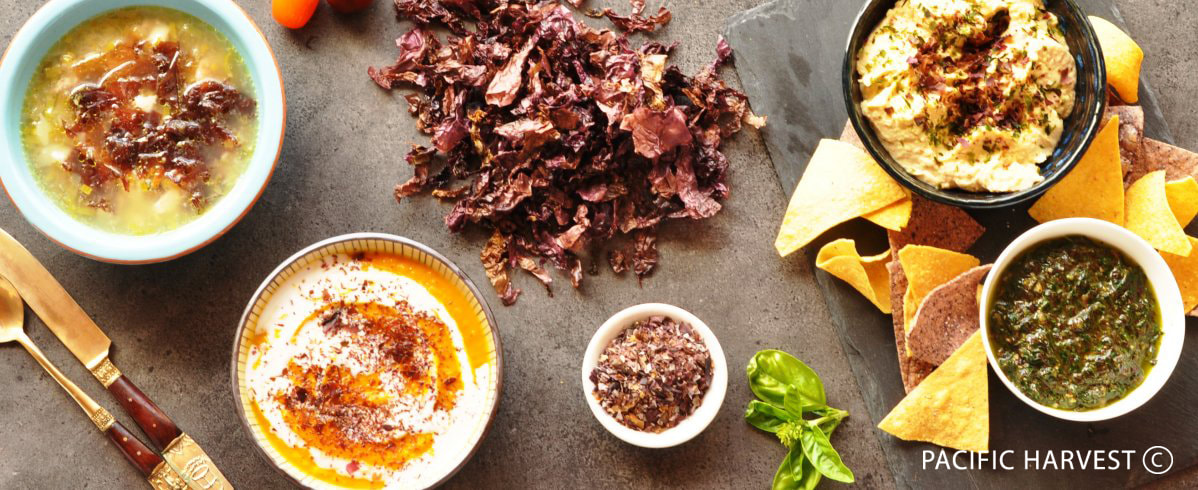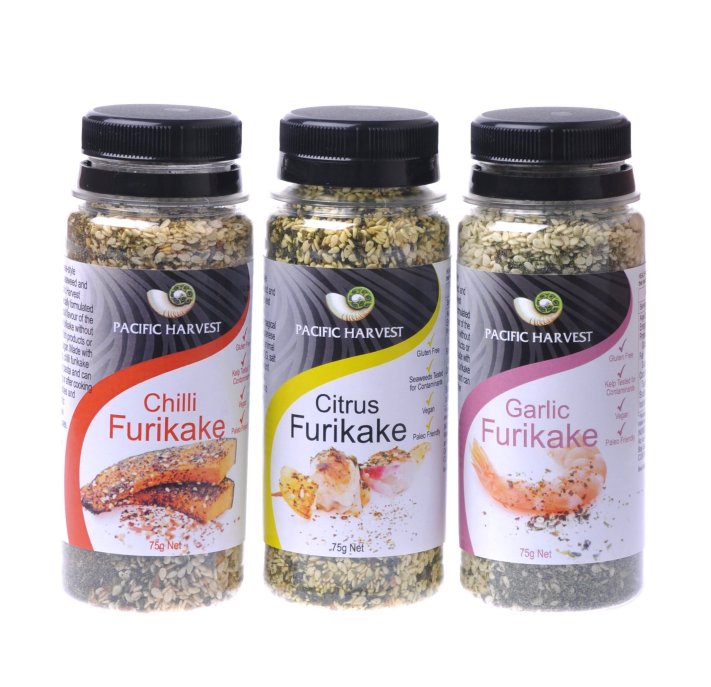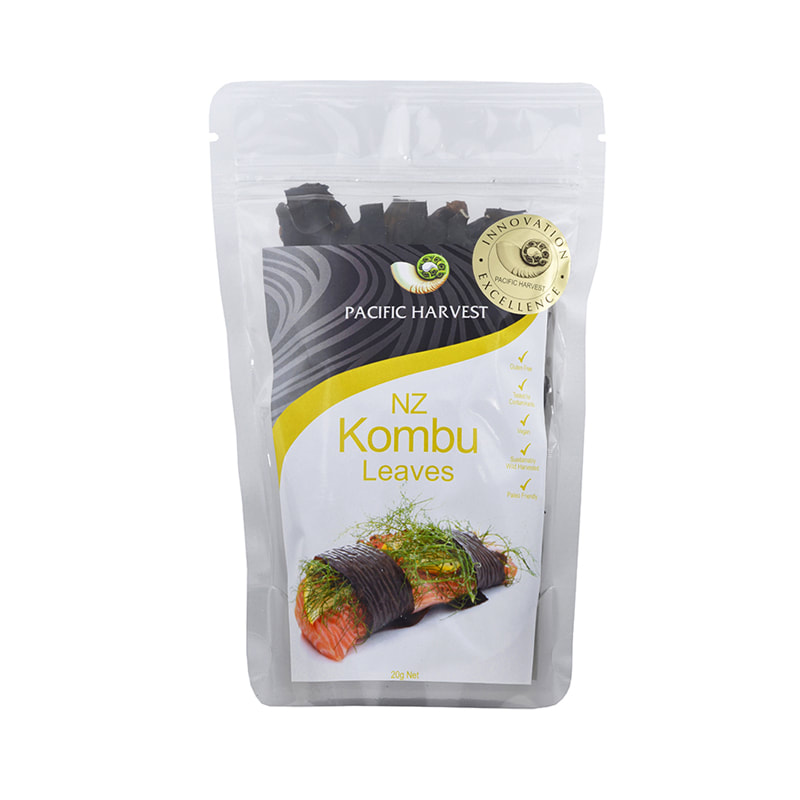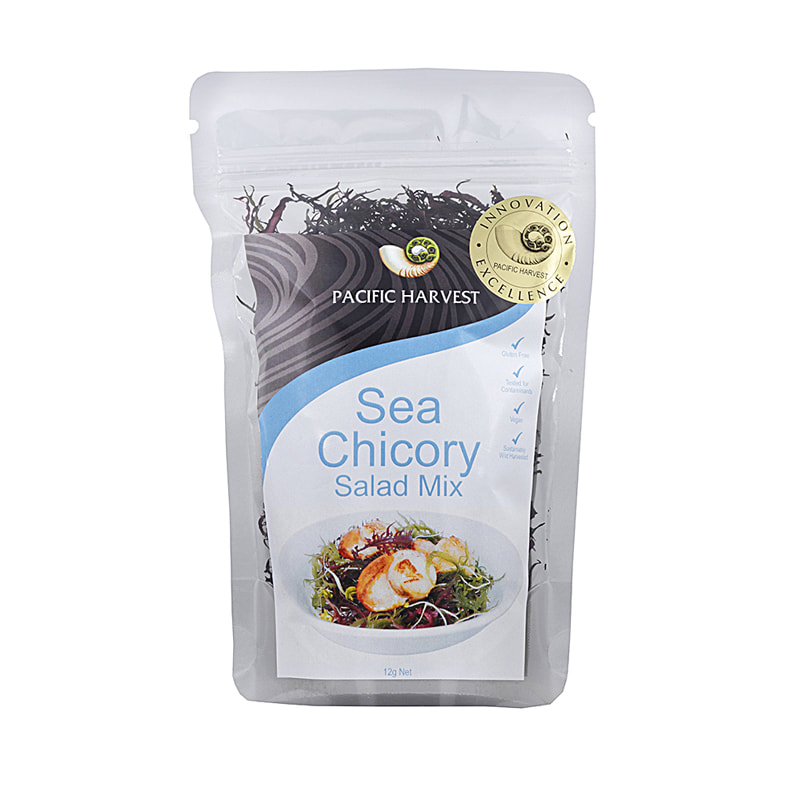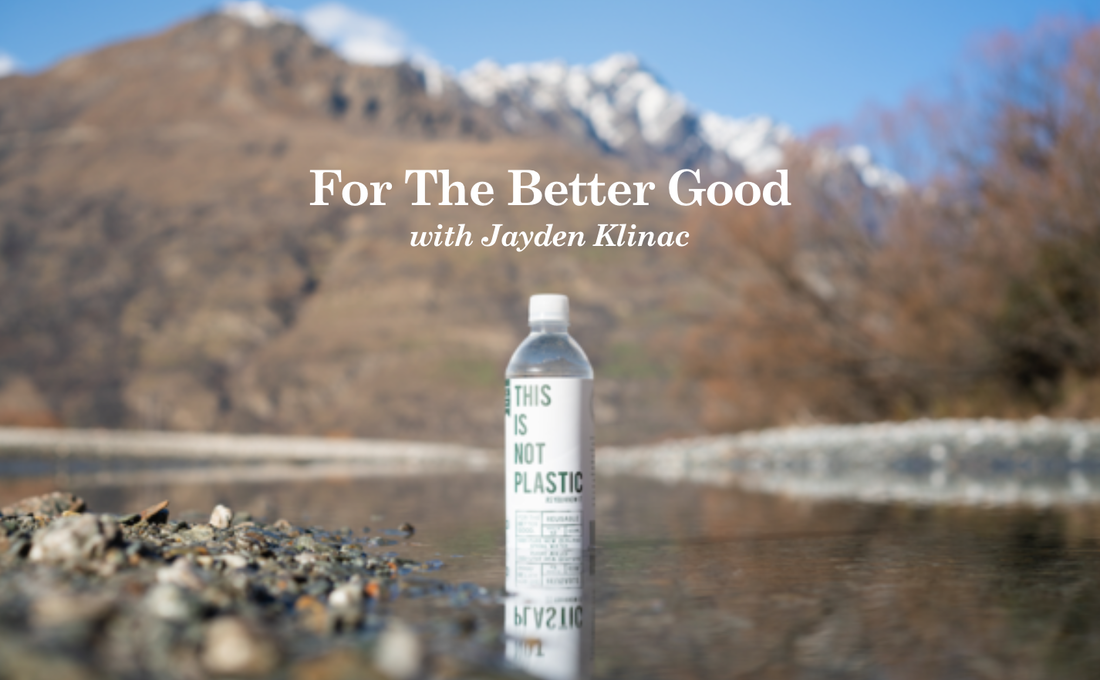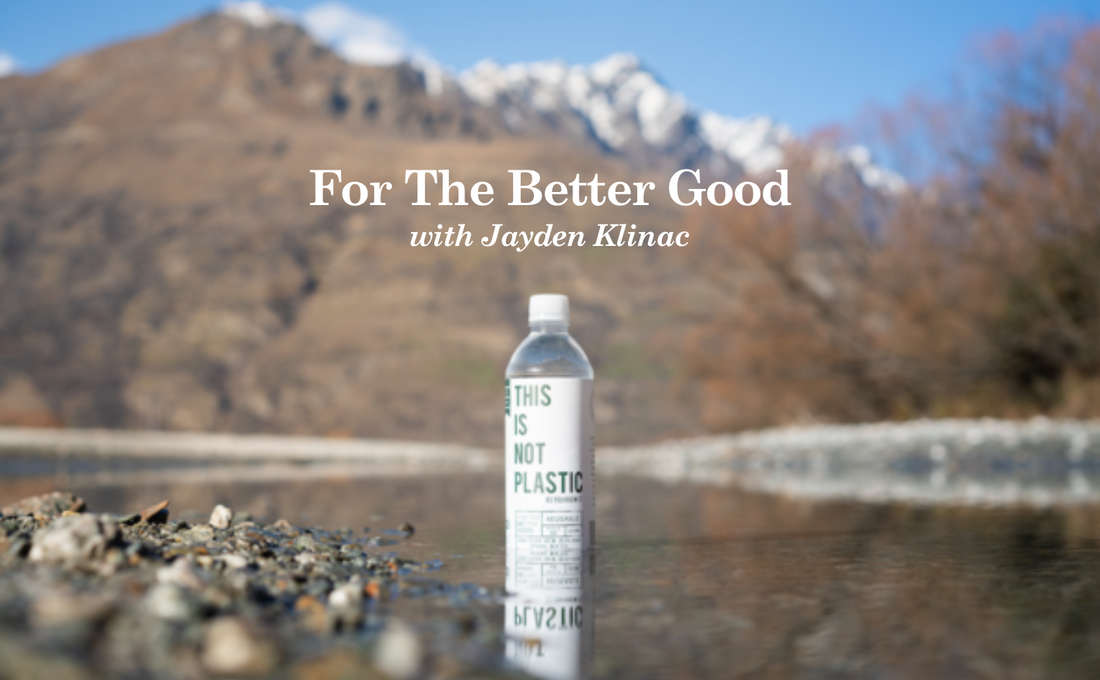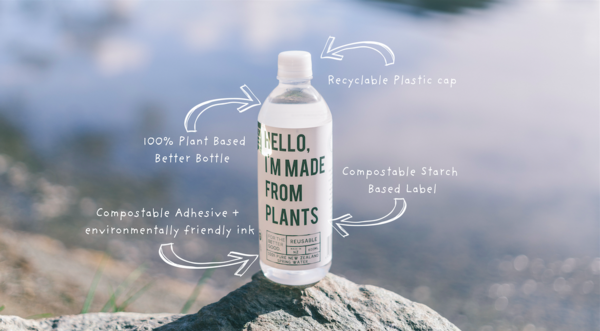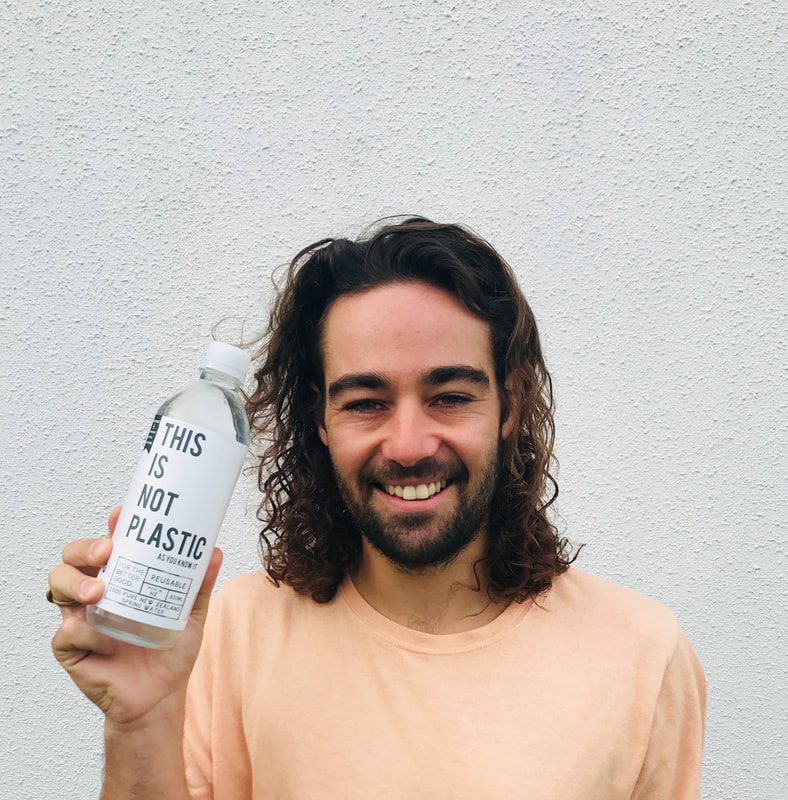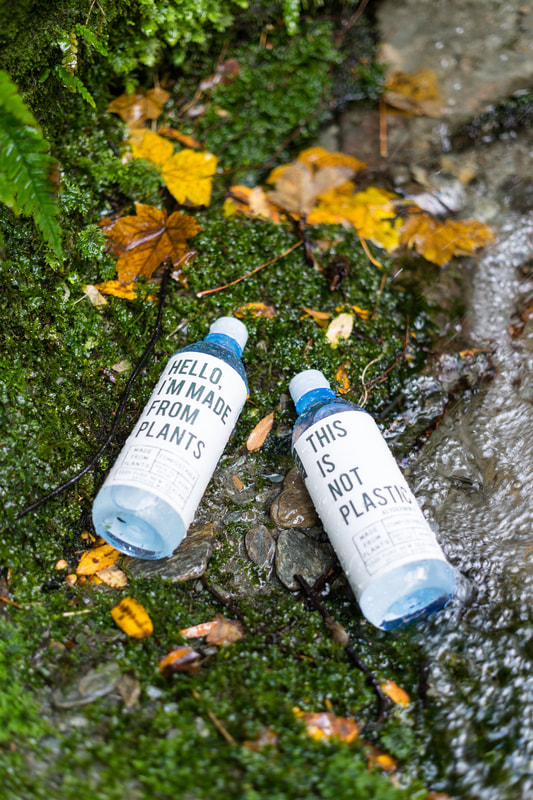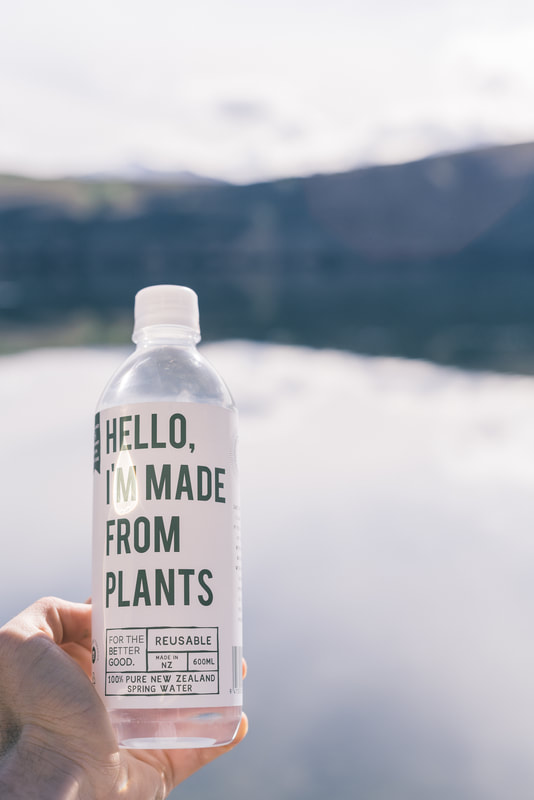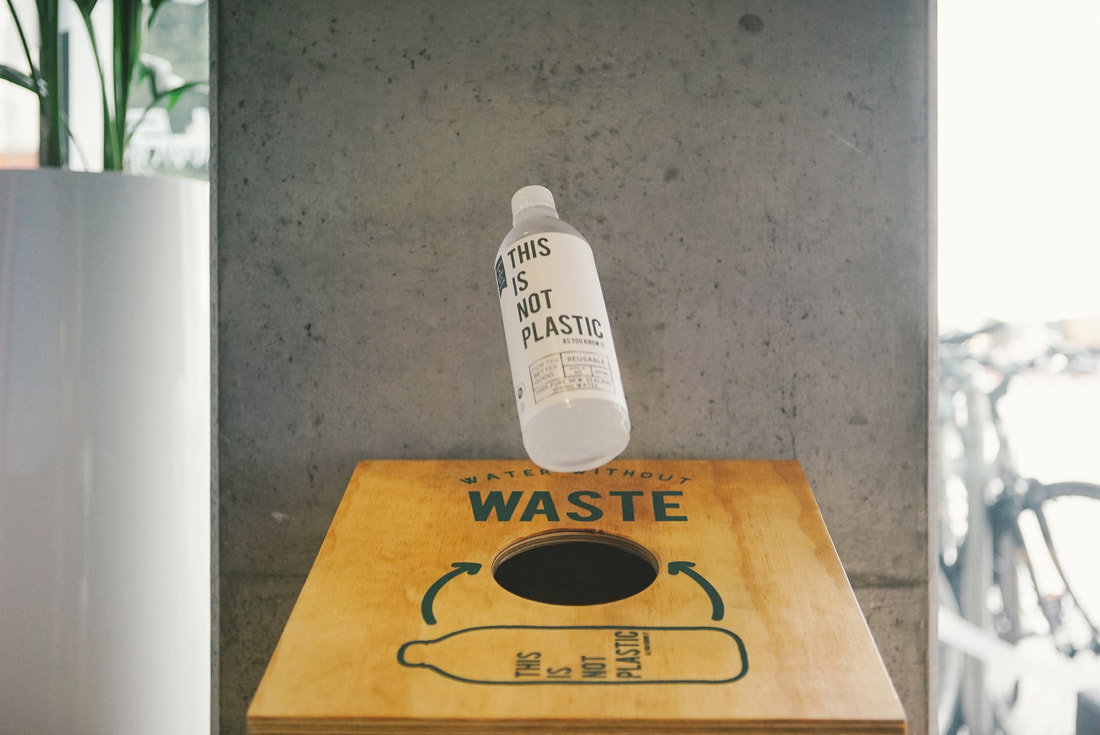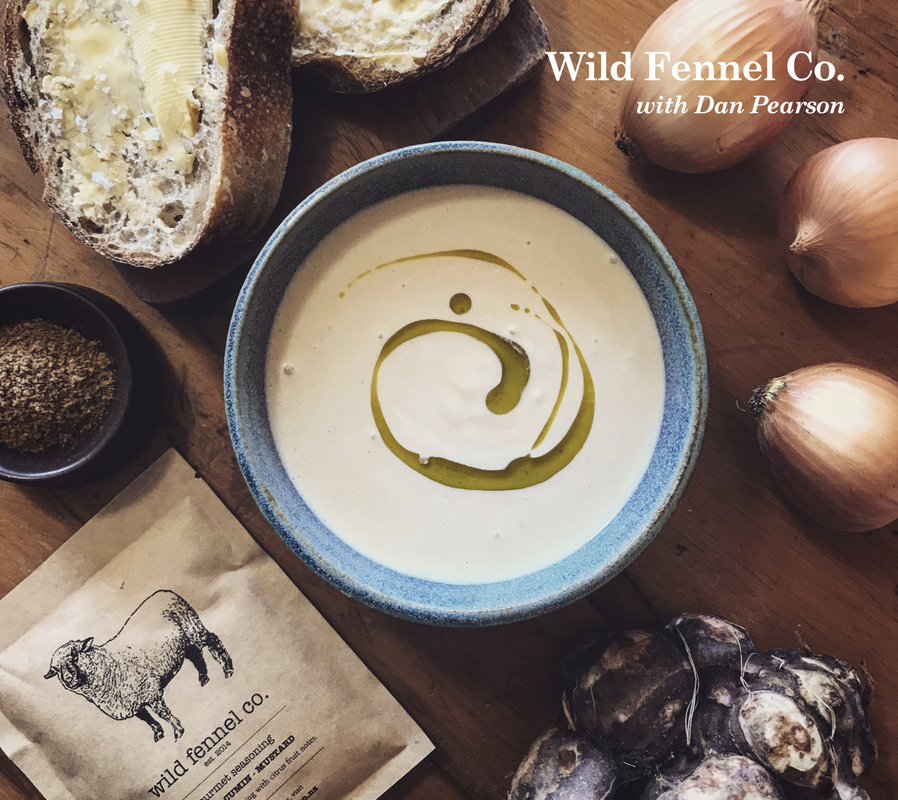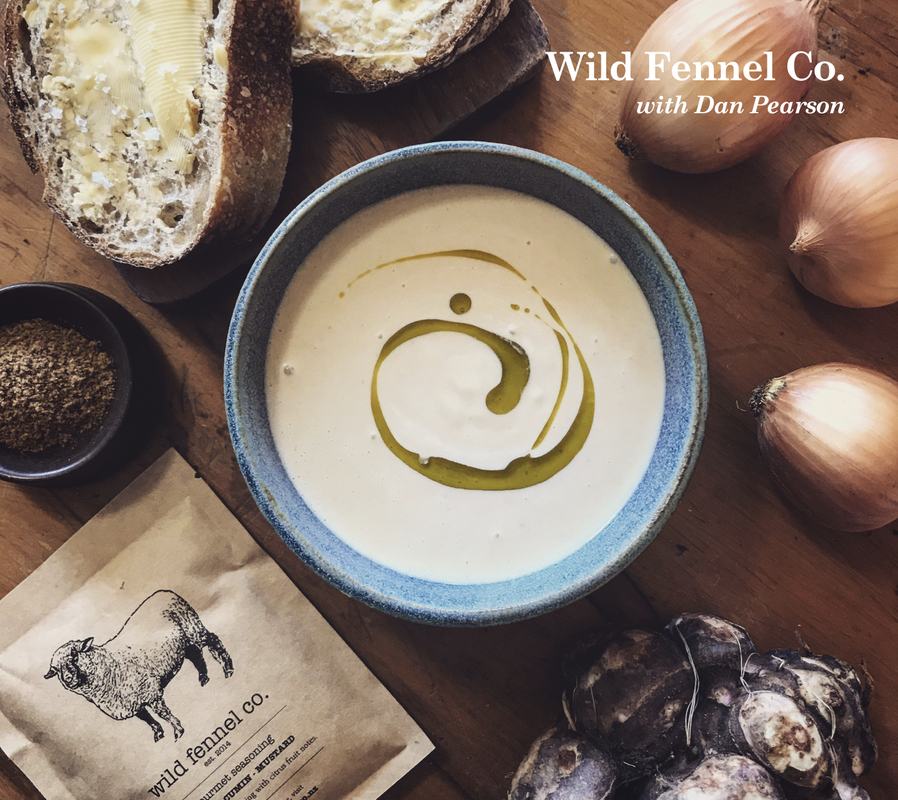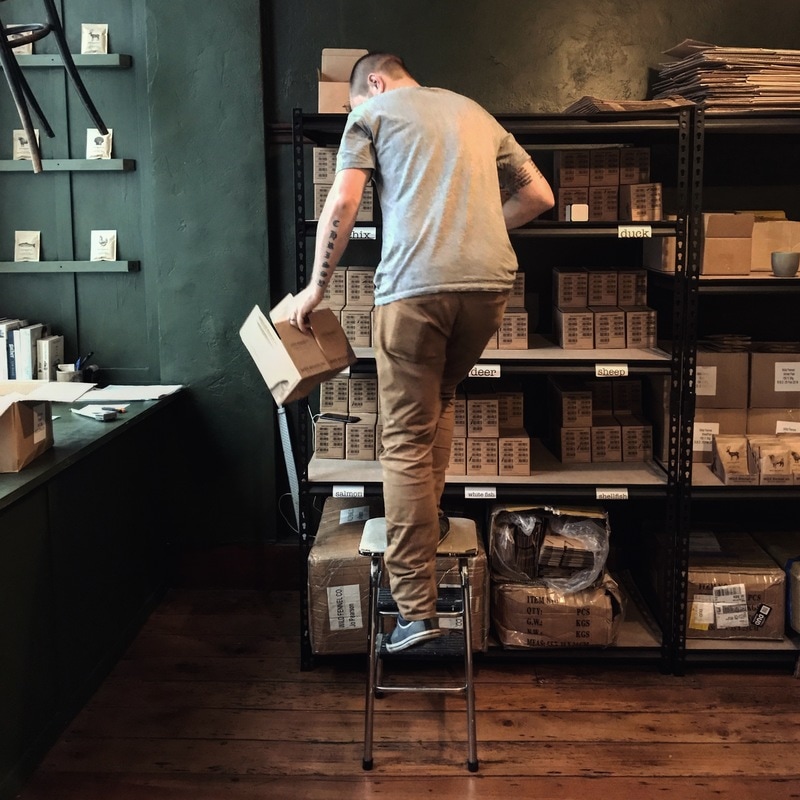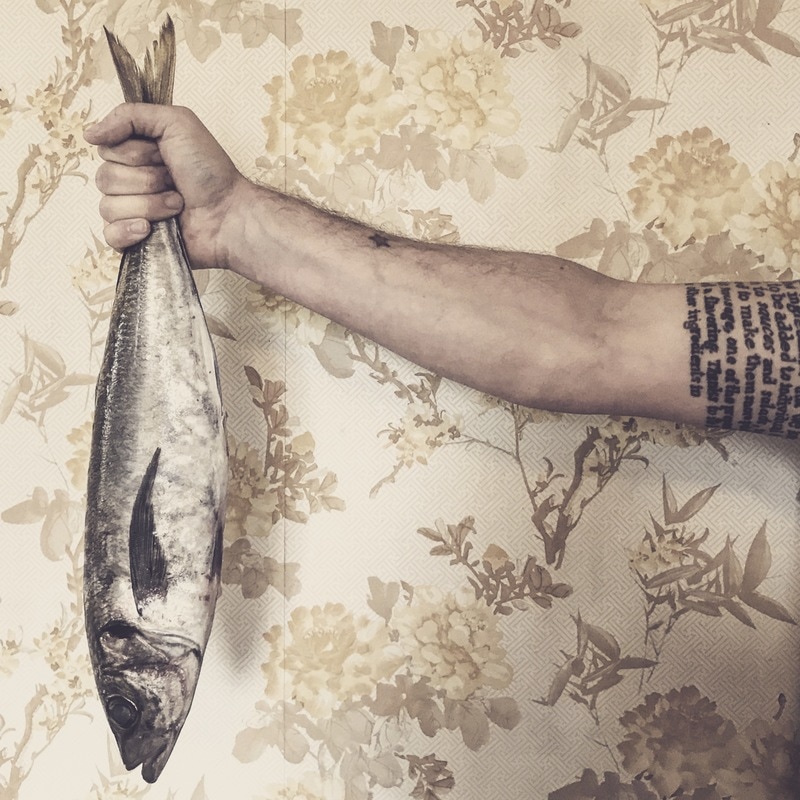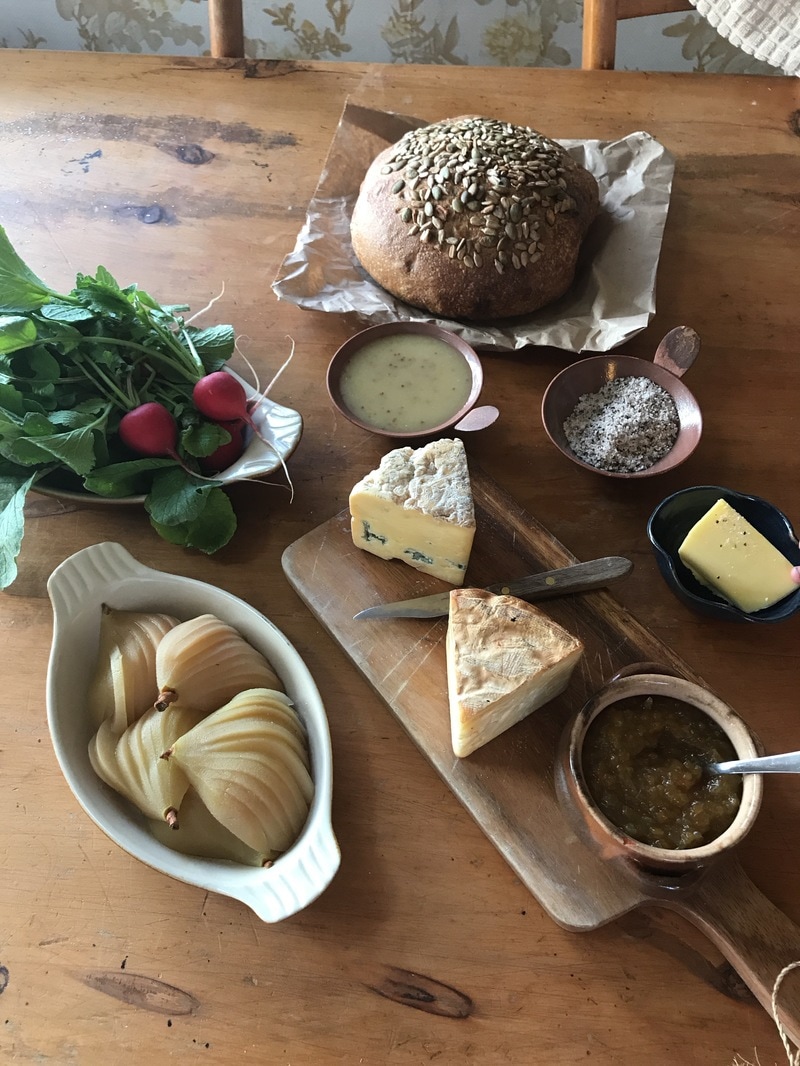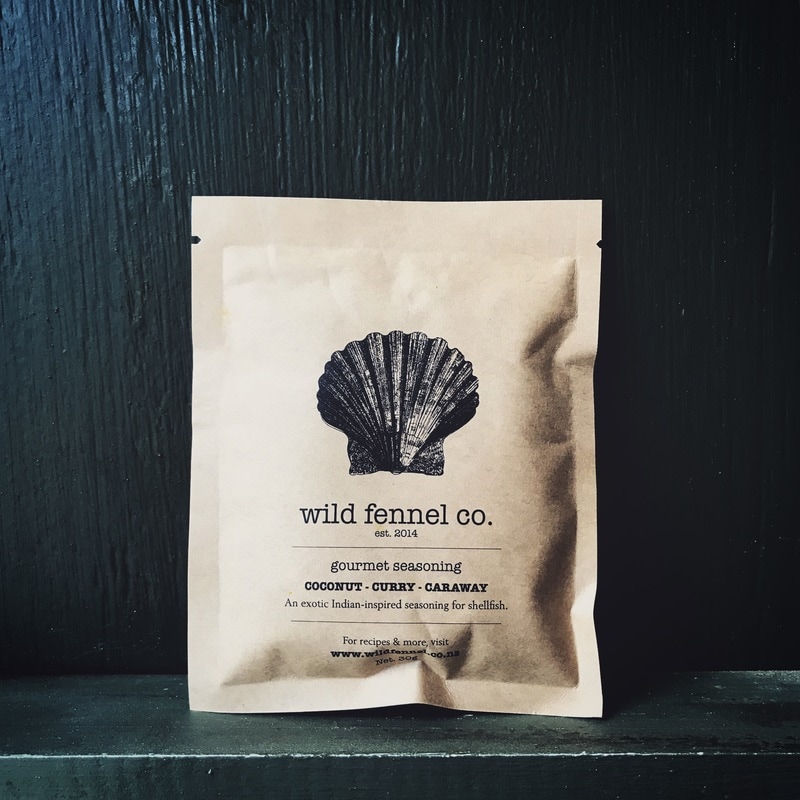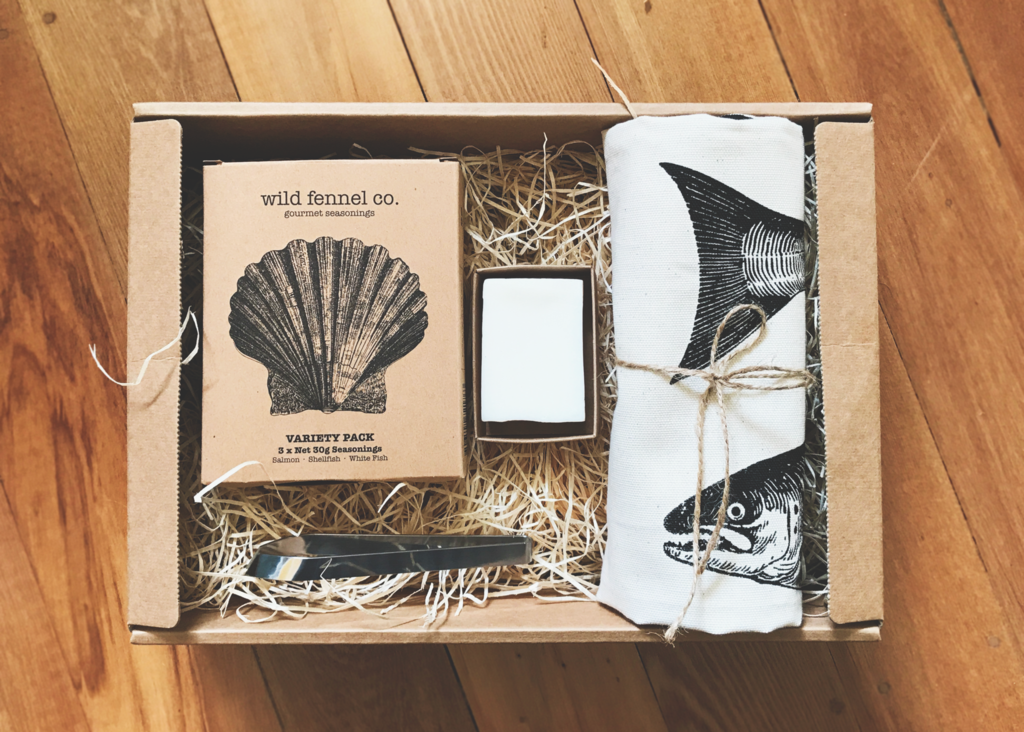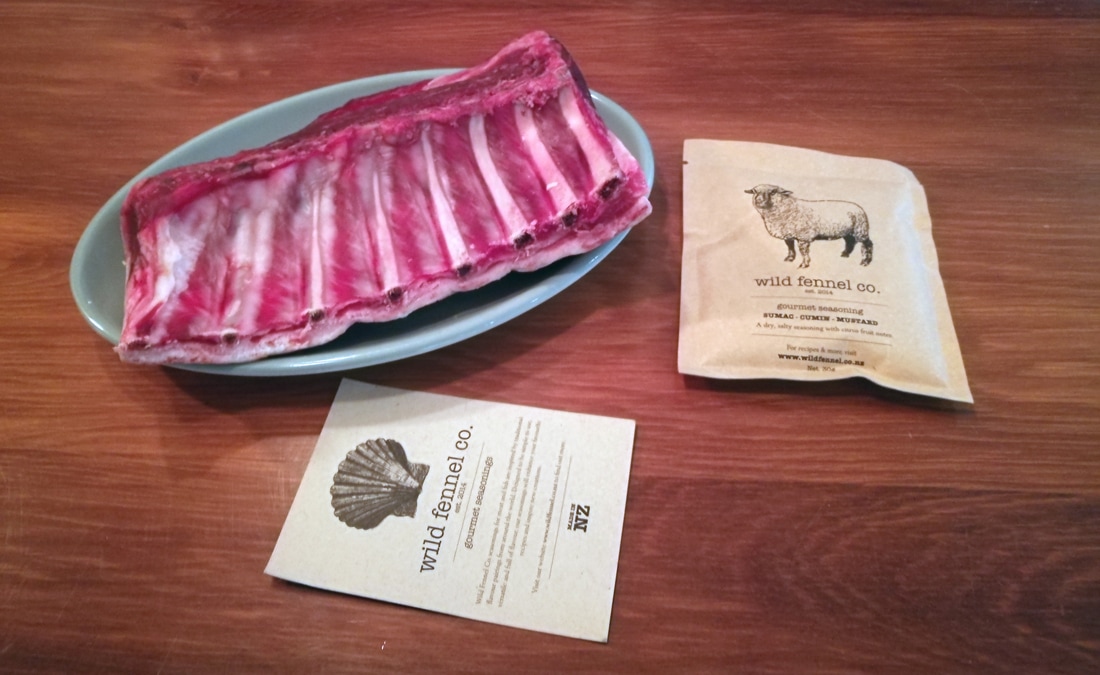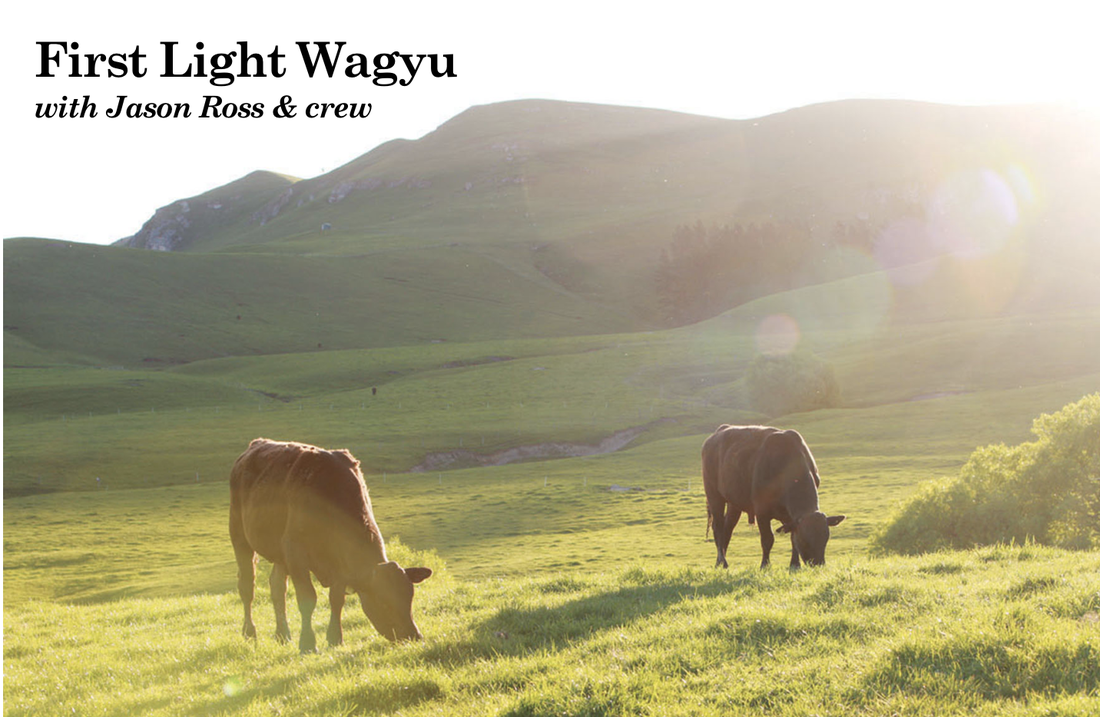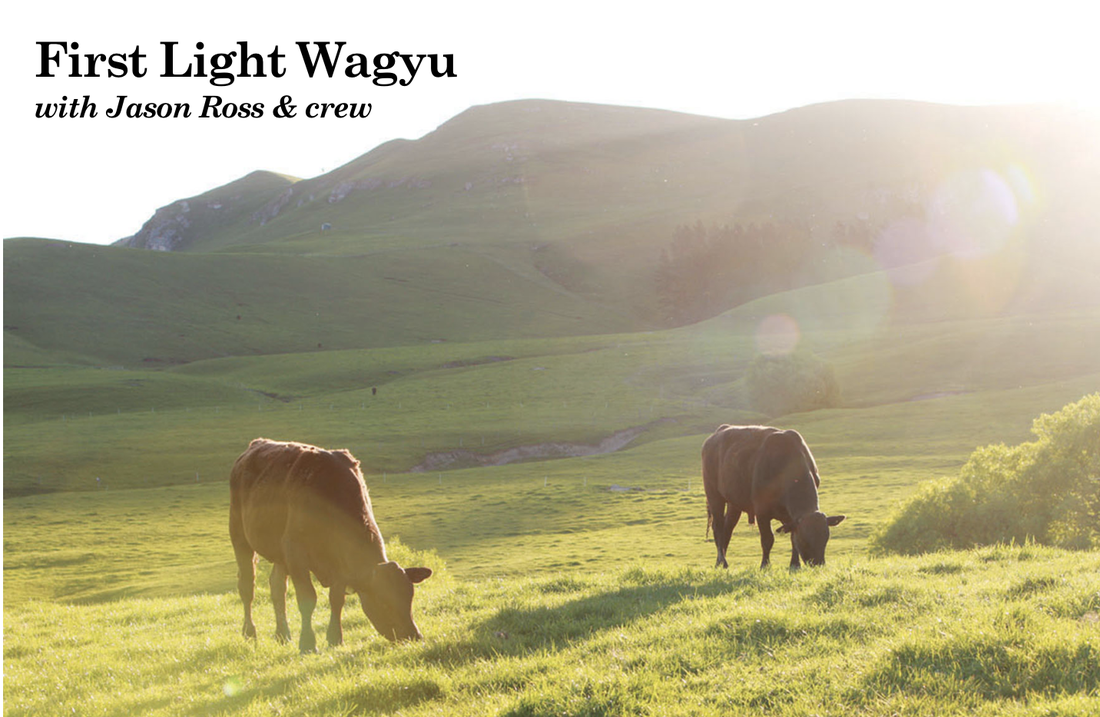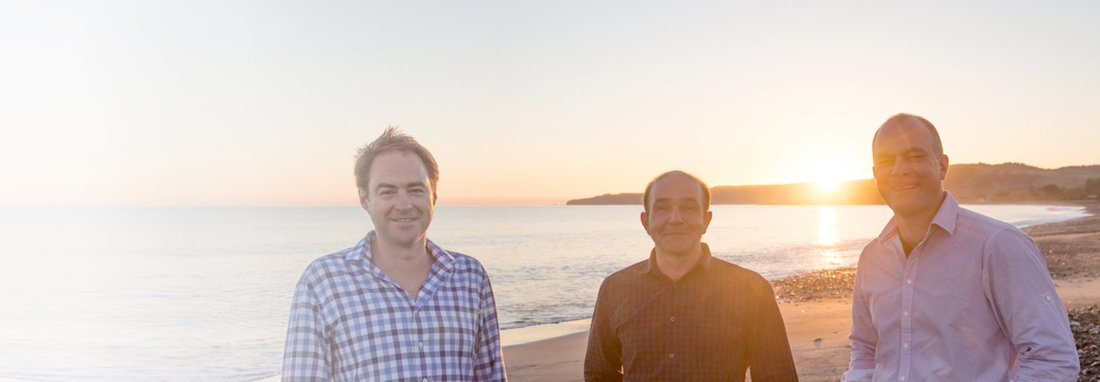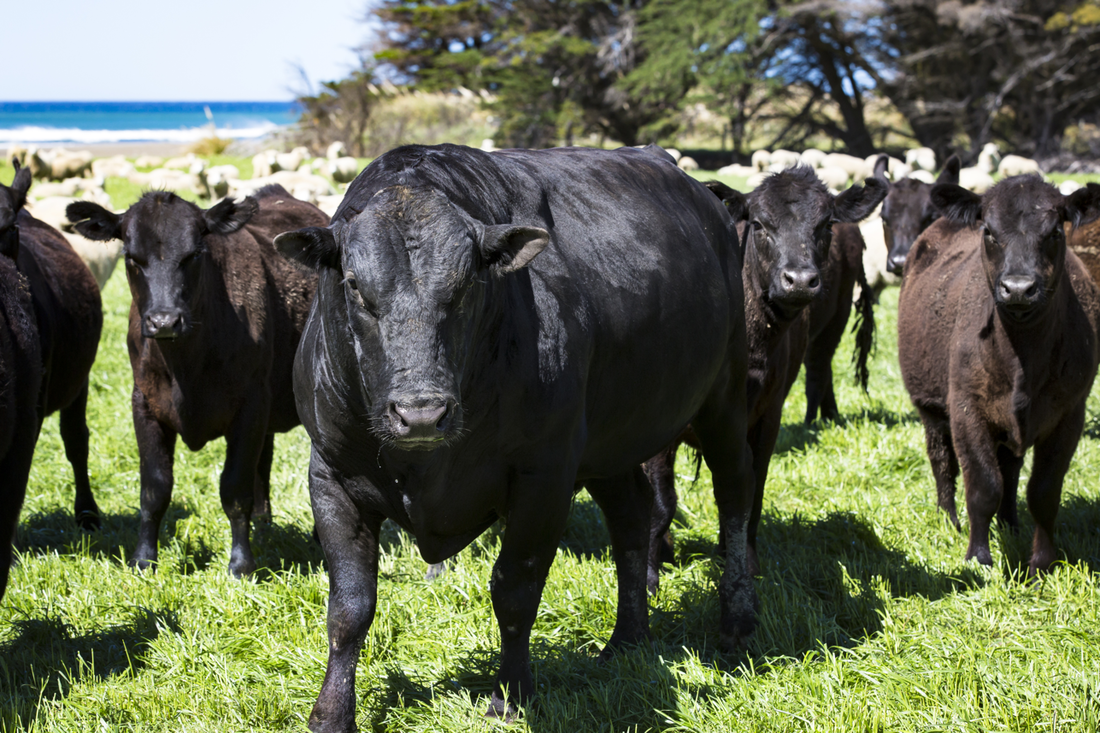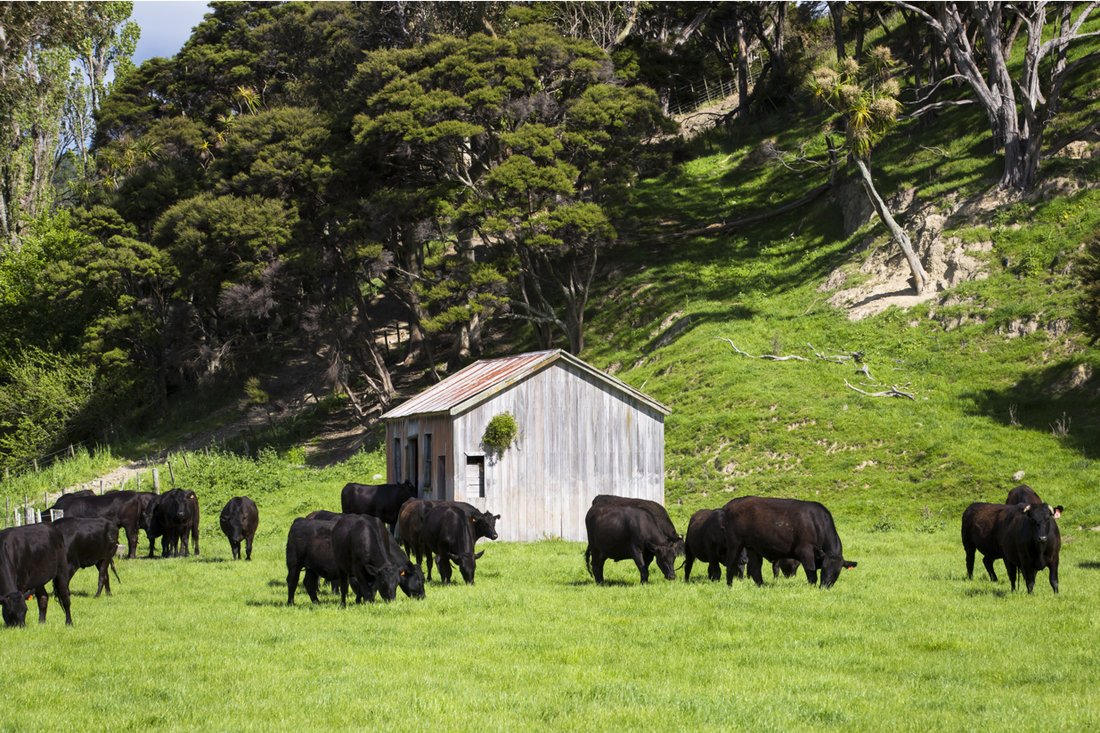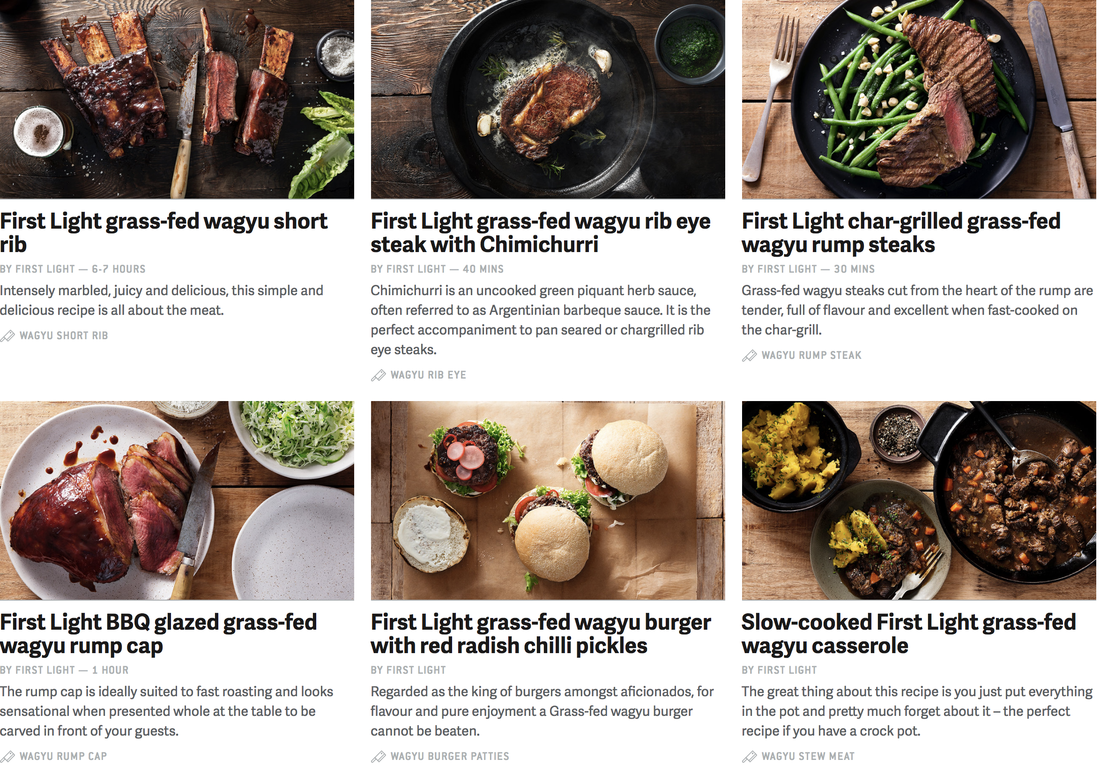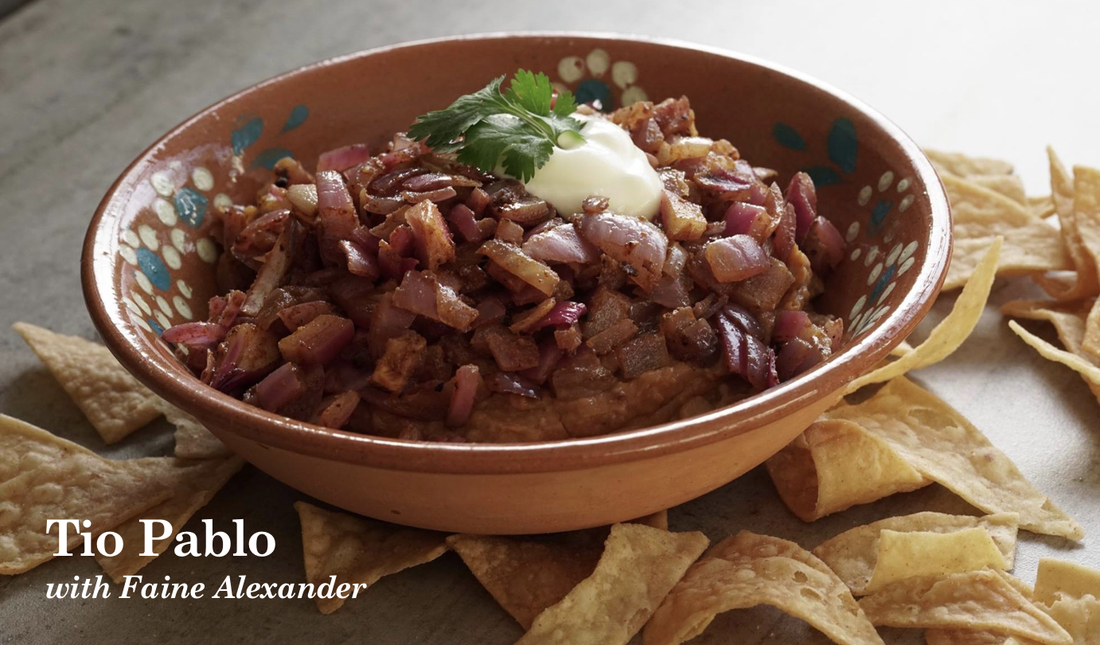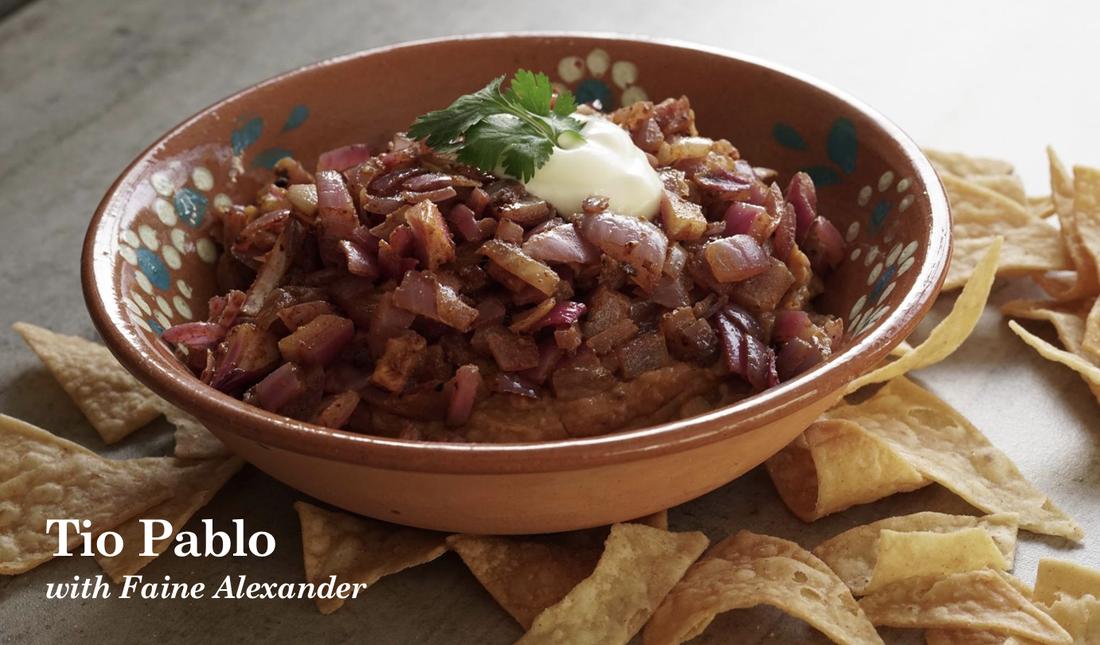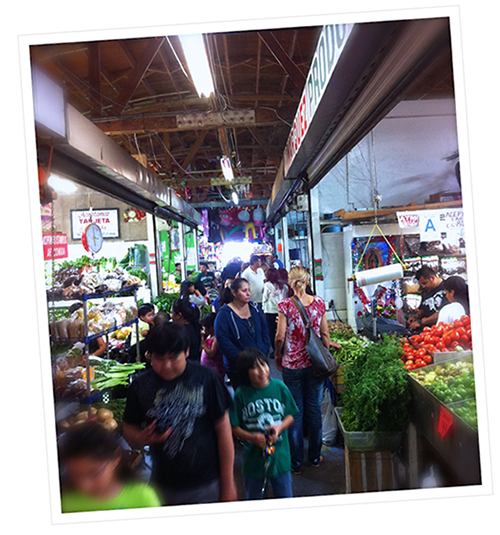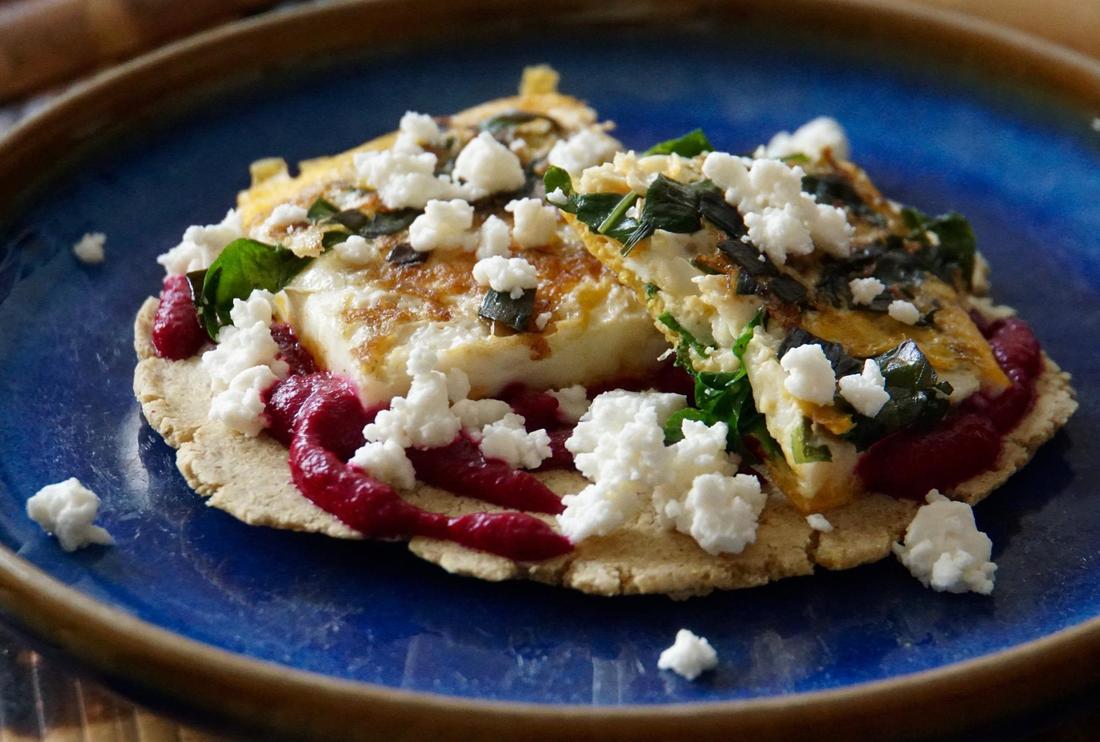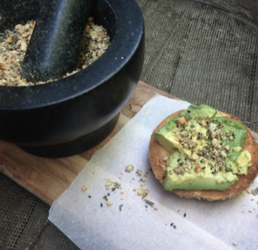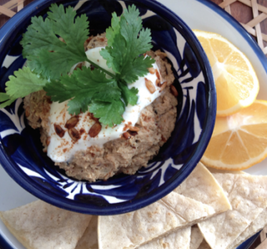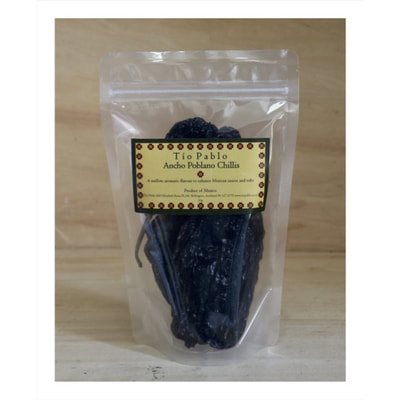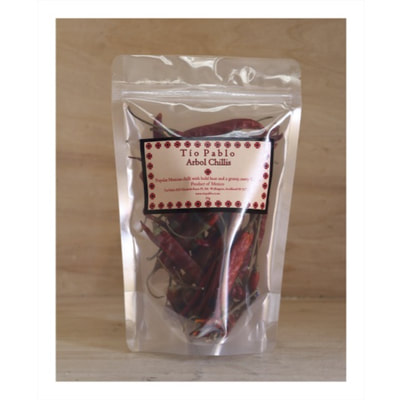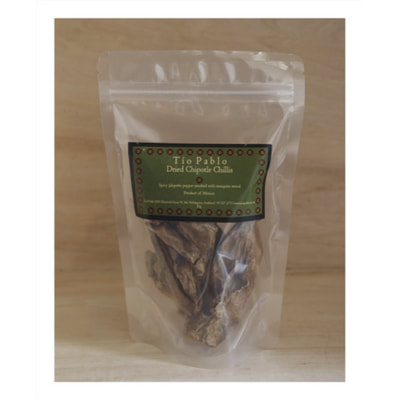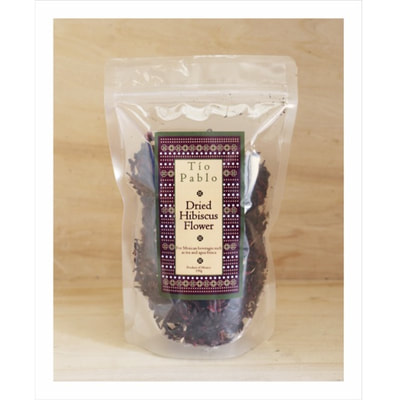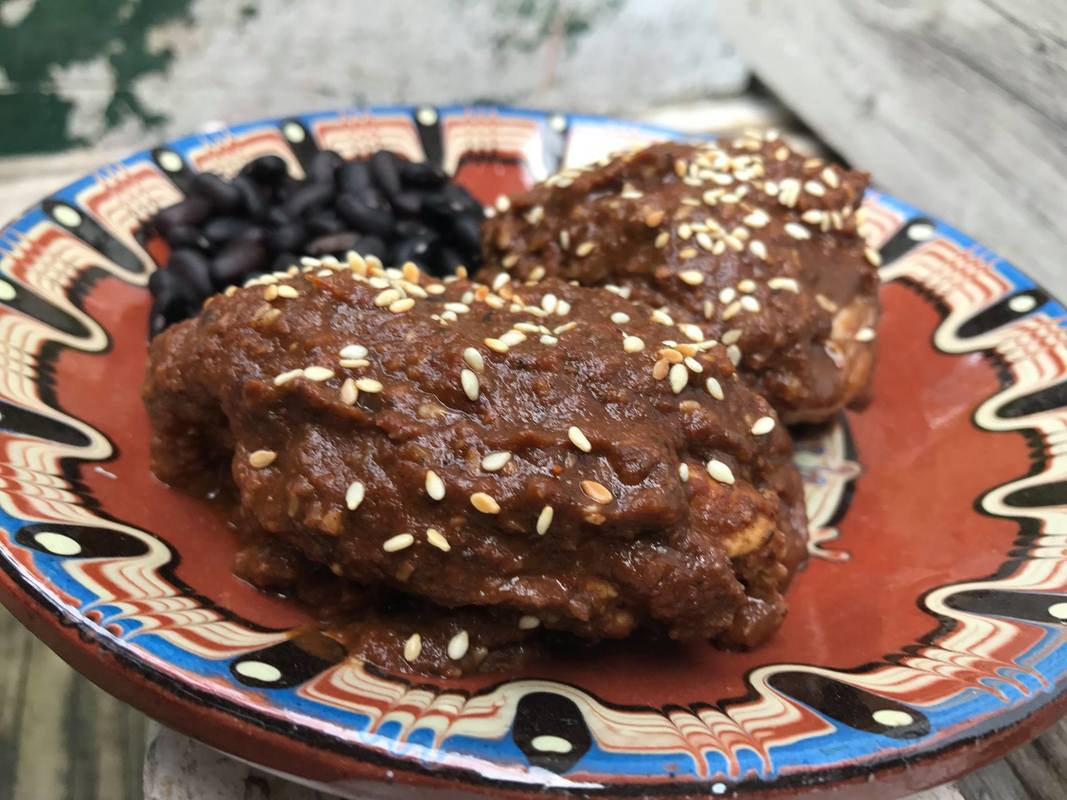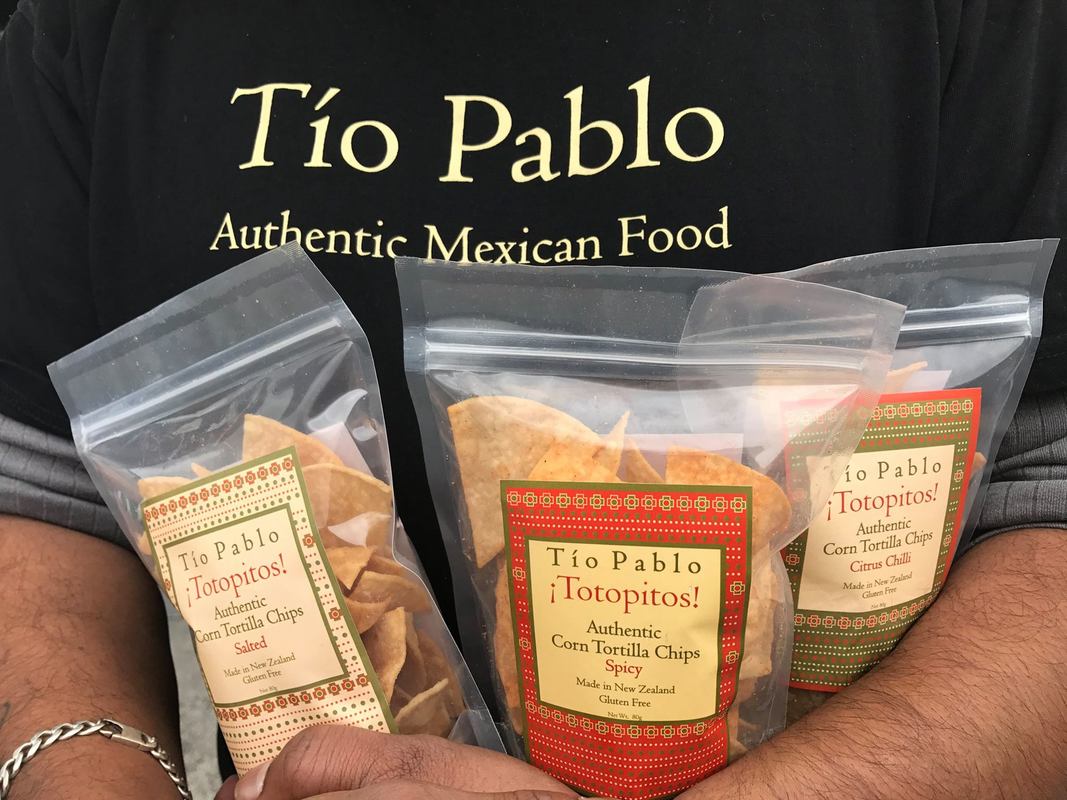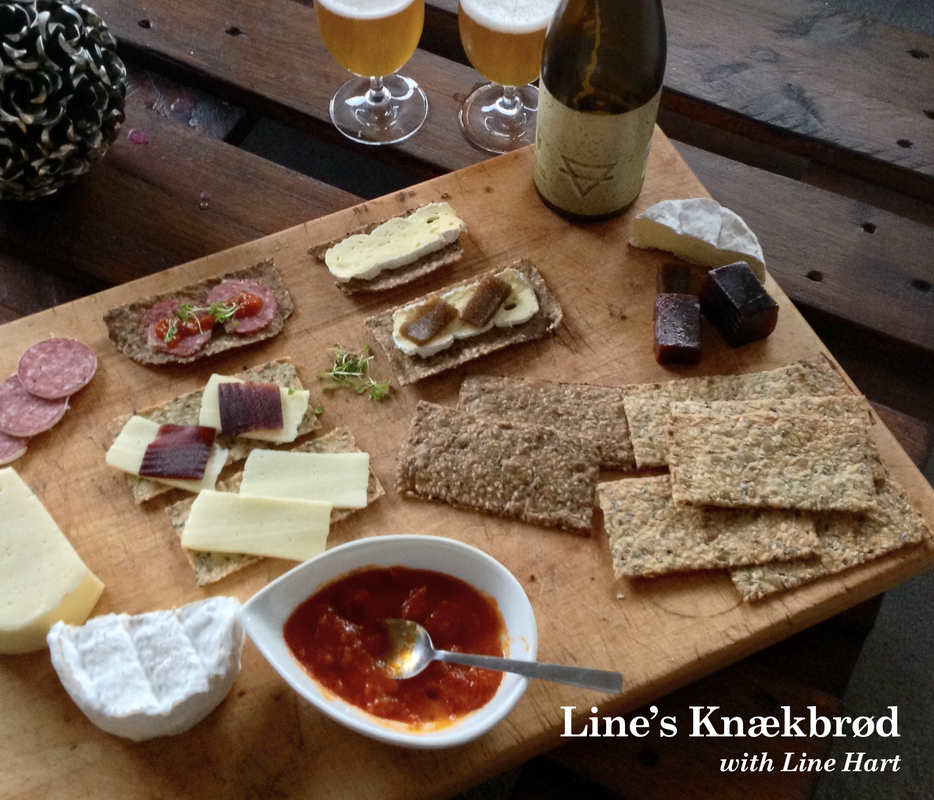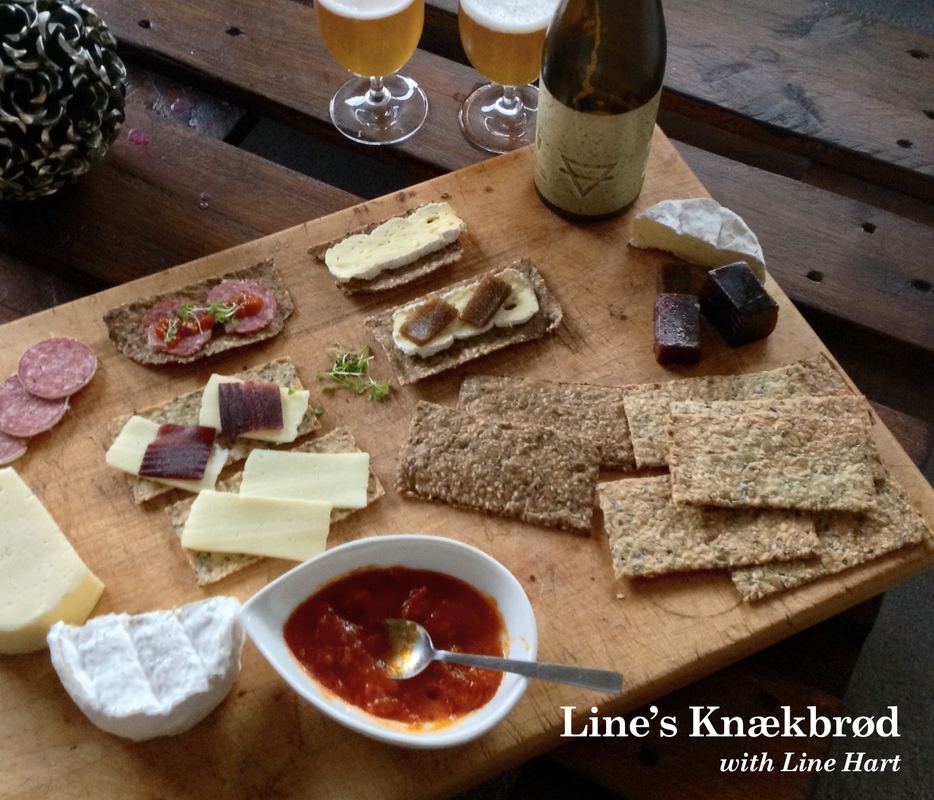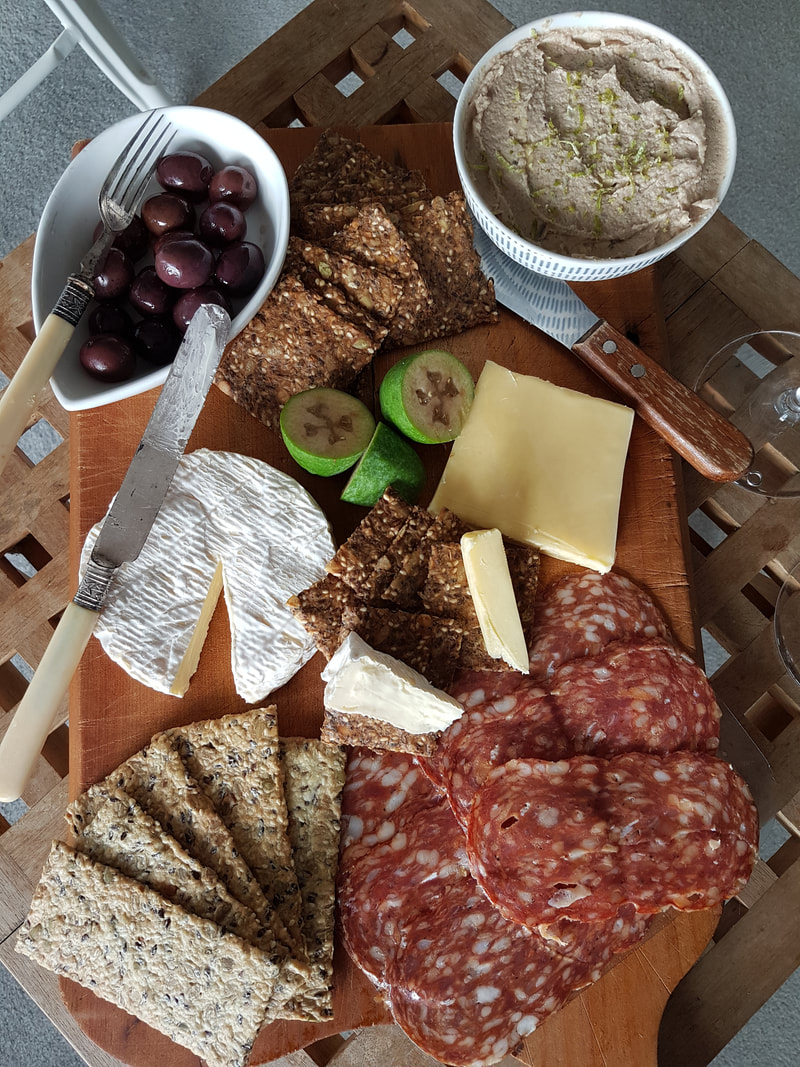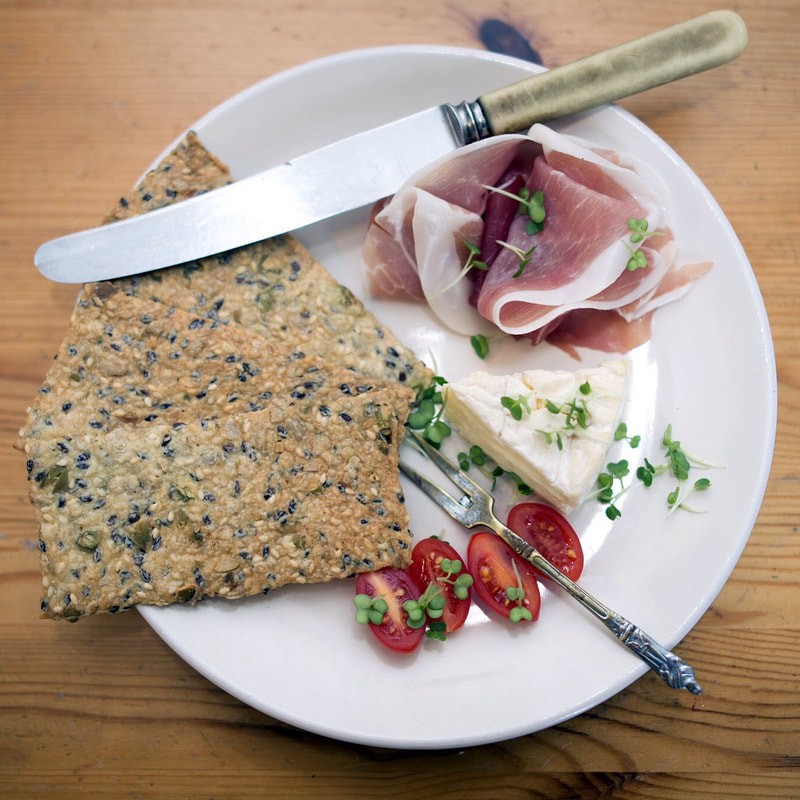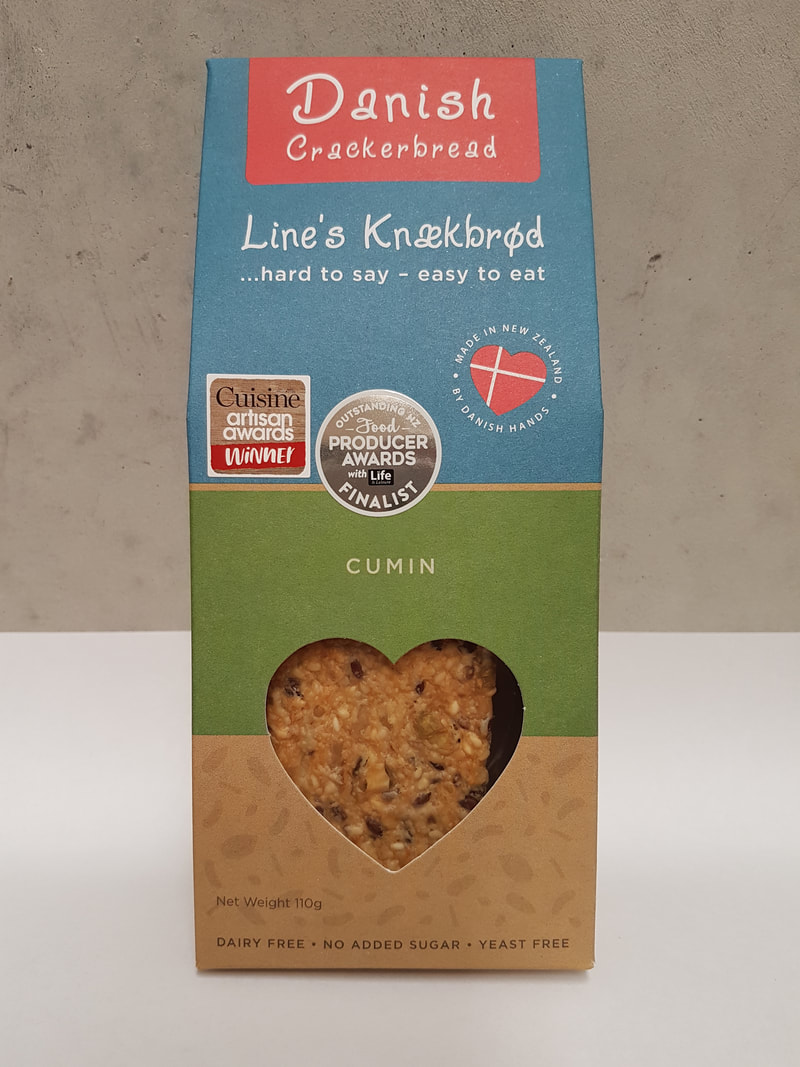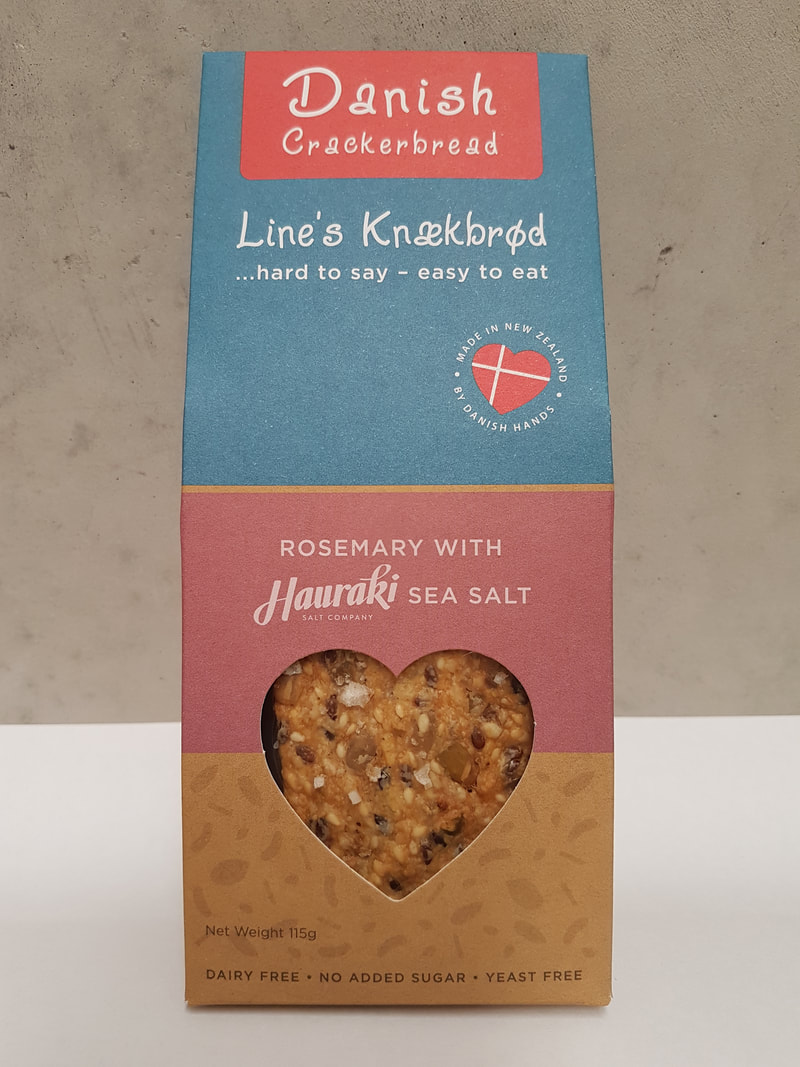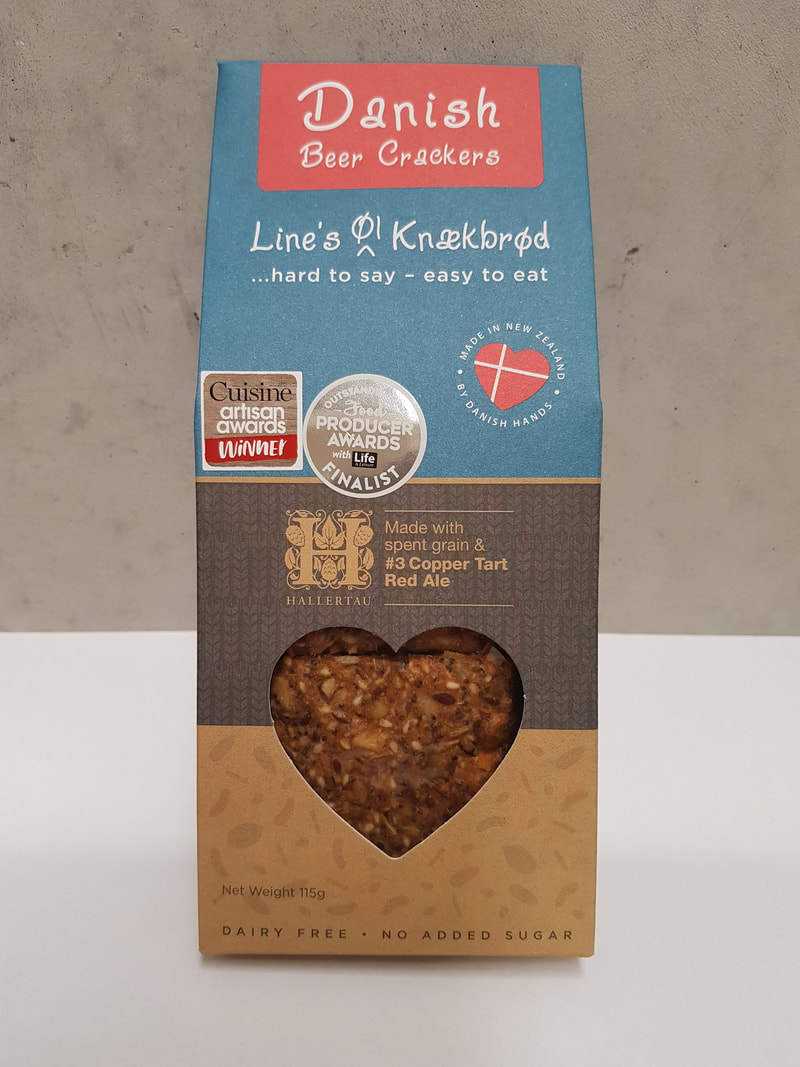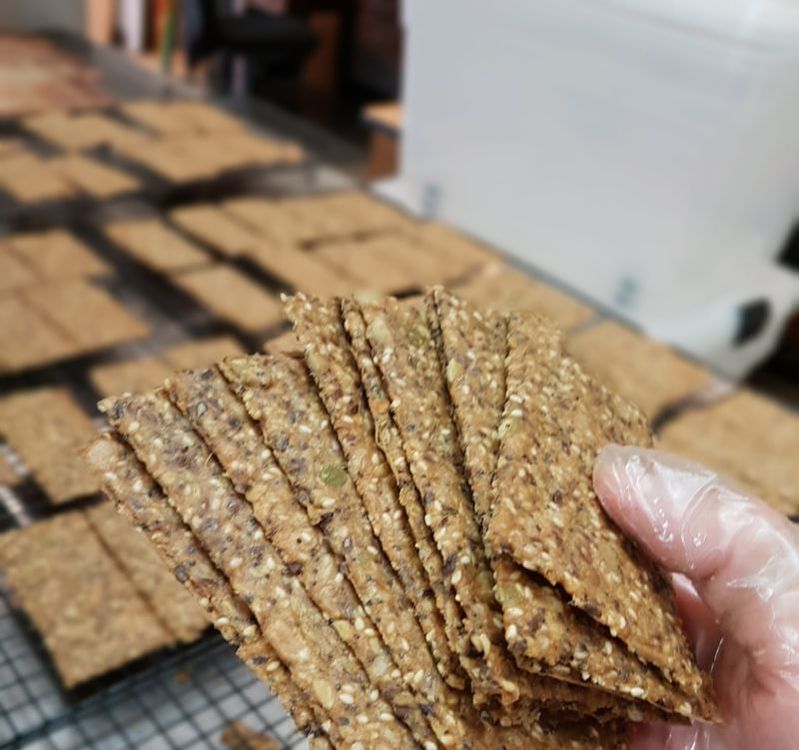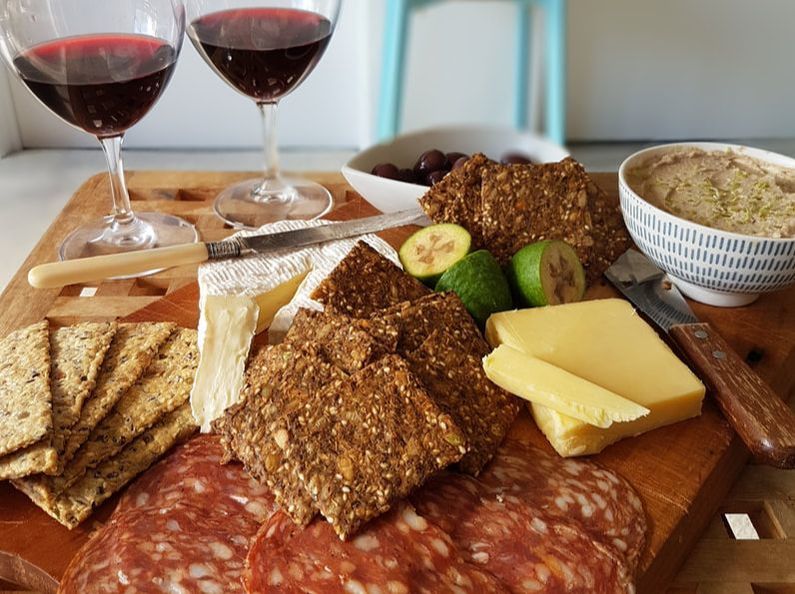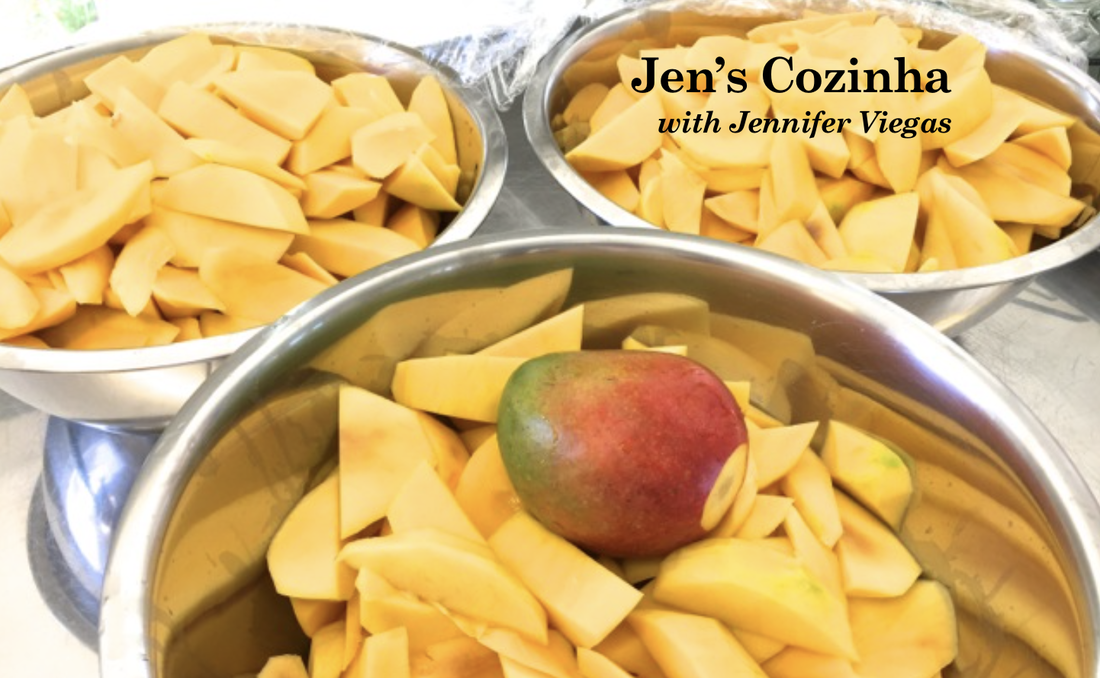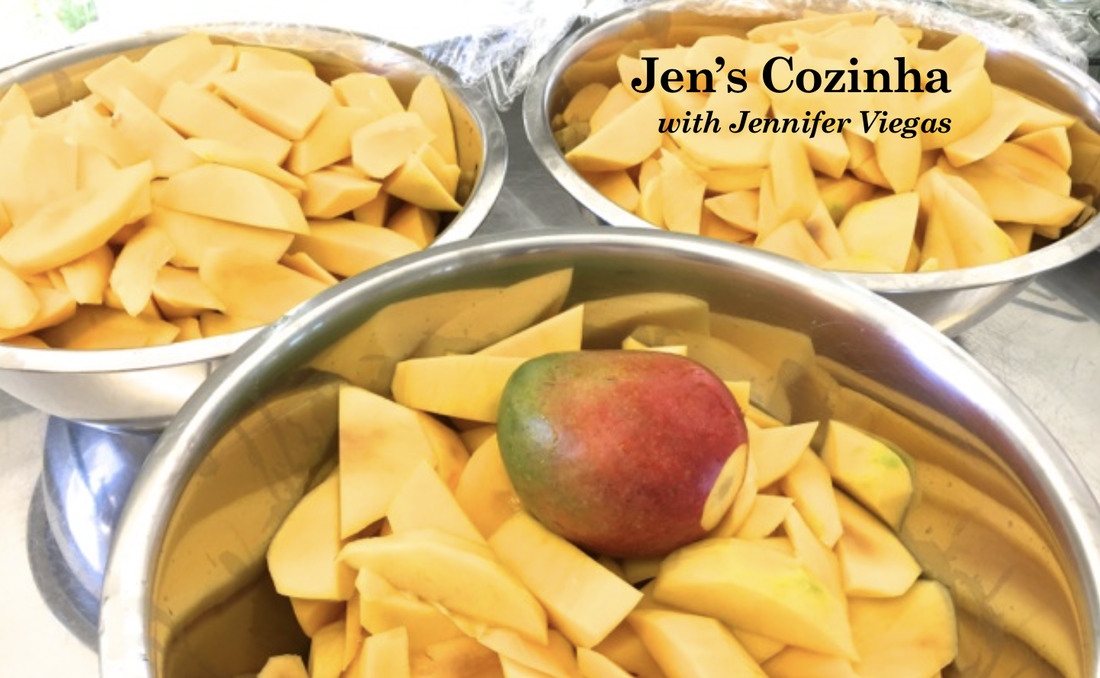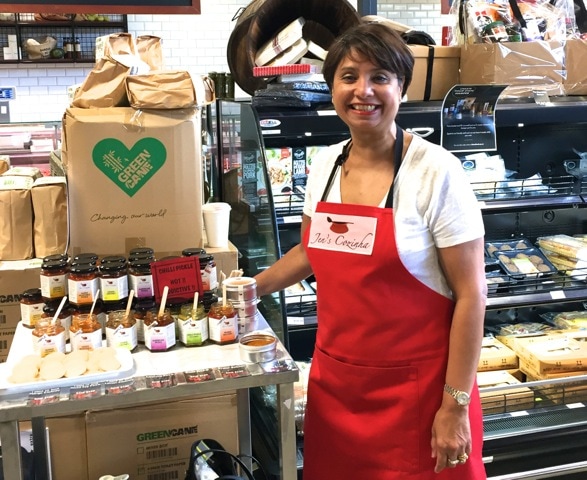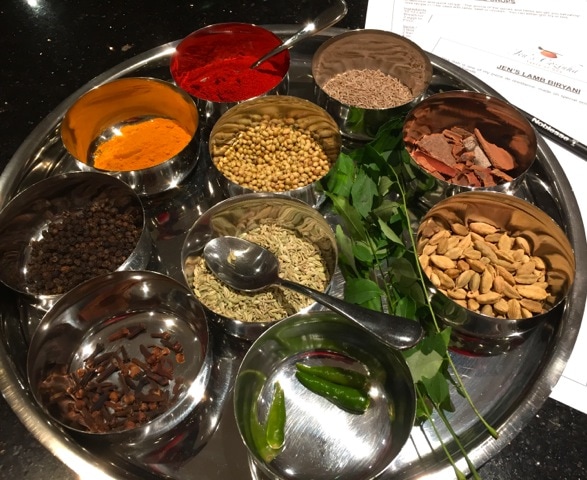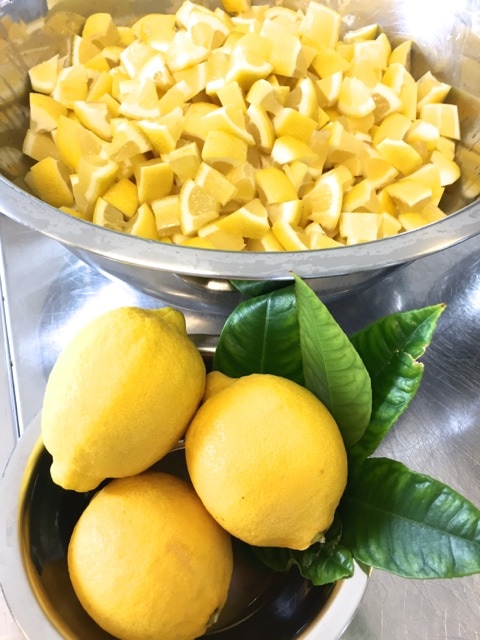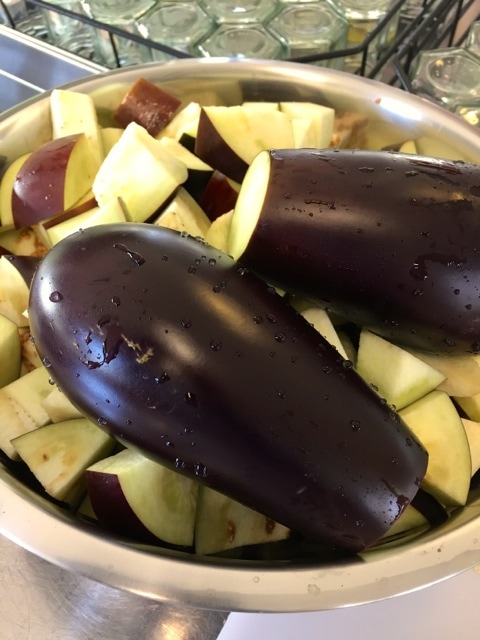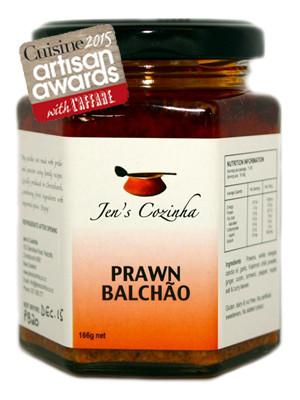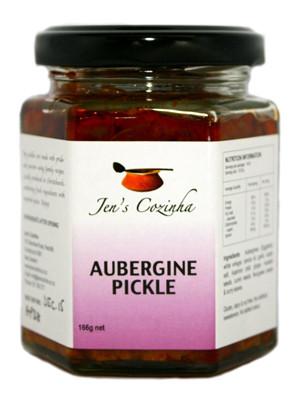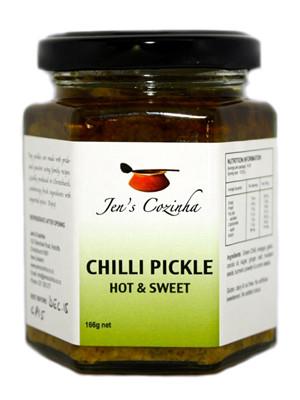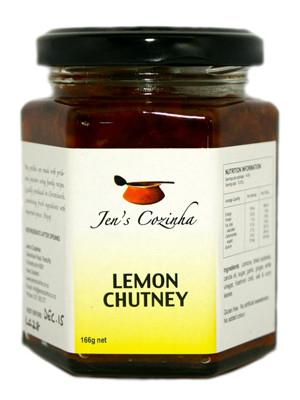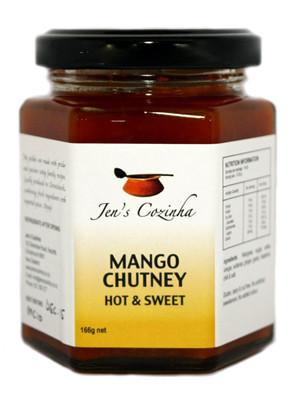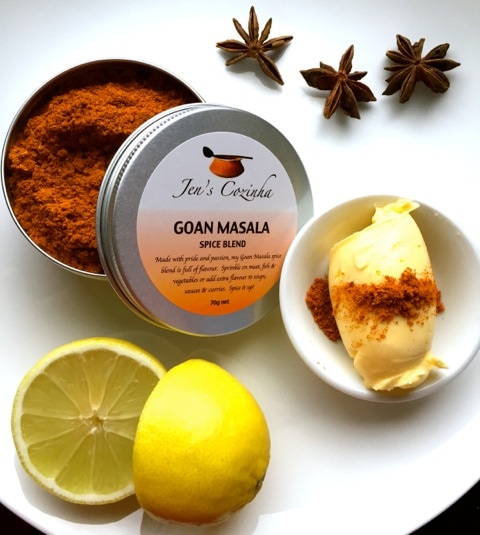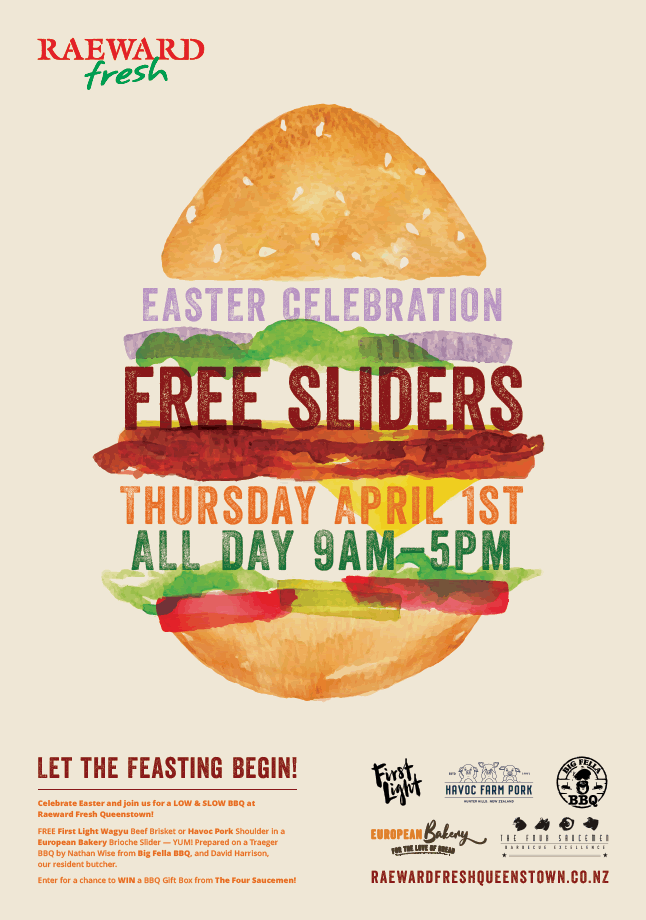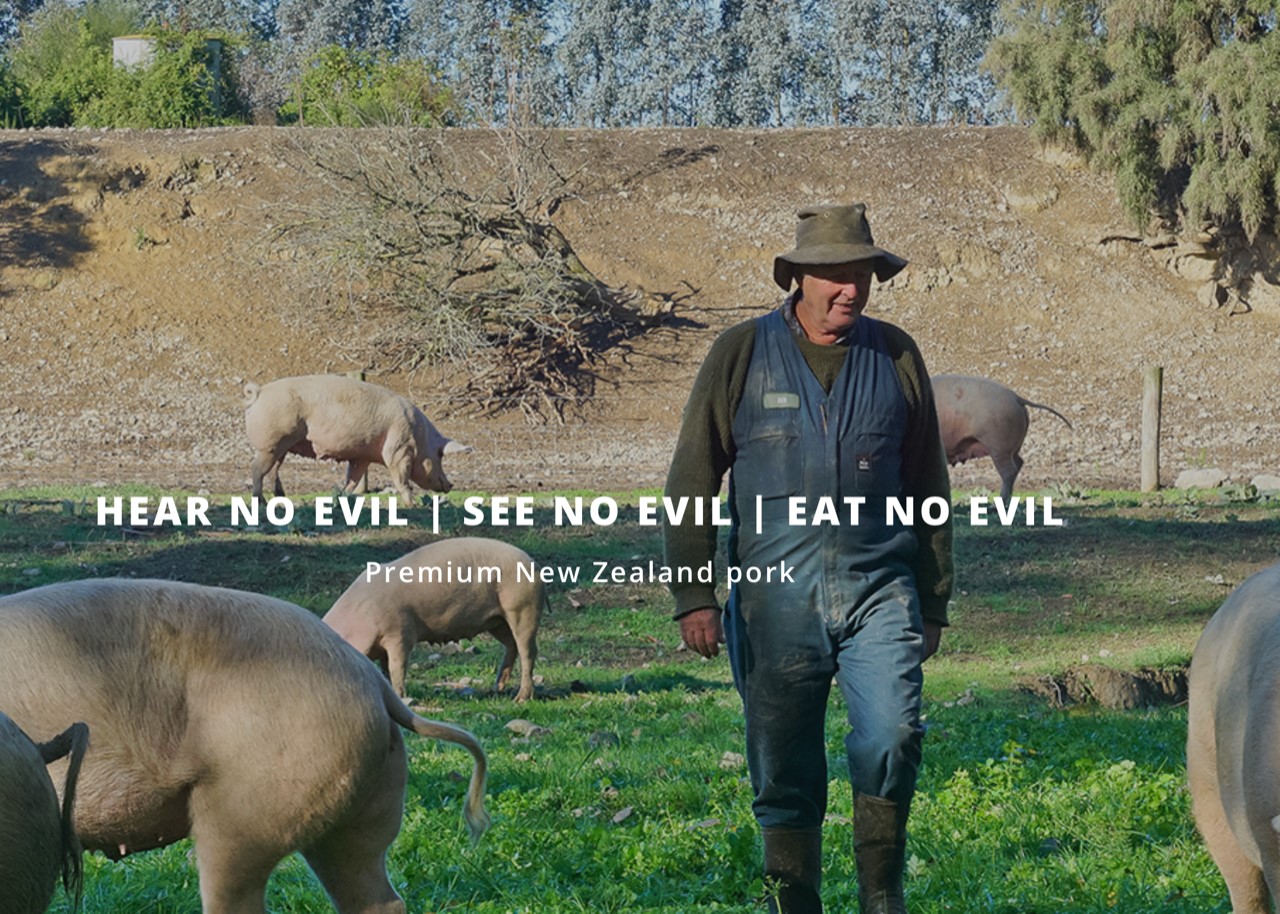
Ian and Linda Jackson at Havoc Pork own a farm outside of Dunedin where they aim to create an open air, natural environment for their pigs to live with “minimal intervention, no antibiotics, and no growth promotants – just a good old healthy diet of locally grown grain and a few added ingredients such as garlic and cider vinegar to keep the pigs happy and healthy.” Free then to frolic around in their own familial way, these pigs are well cared for which includes a feed regime of grains milled on site and mozzarella delivered from a local cheese maker. They have heaps of room to roam and forage under the Jackson’s husbandry where the goal is to raise NZ’s happiest pigs.
Talking about ‘happy animals’ always seems a bit ironic when looking at the quality of meat but Ian takes the entire lifespan seriously as his responsibility. Aside from the overall concept that most of our sheep, cows and pigs would not have survived until today without any kind of animal husbandry, the Jackson’s have gone out of their way to create a natural and healthy life span that even ends with a special transporter for their pigs so that no diseases will be caught from other species while minimizing the shock of transport altogether. The killing is done according to the best of NZ standards and the processing has very little waste.
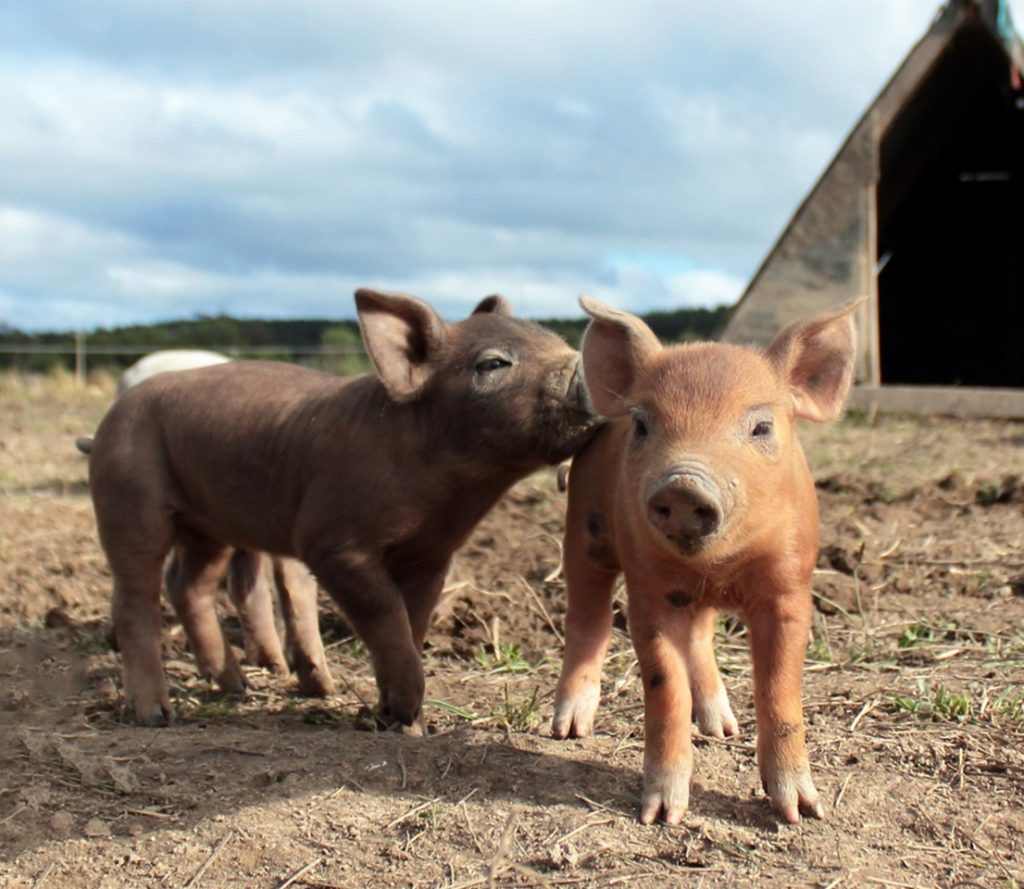
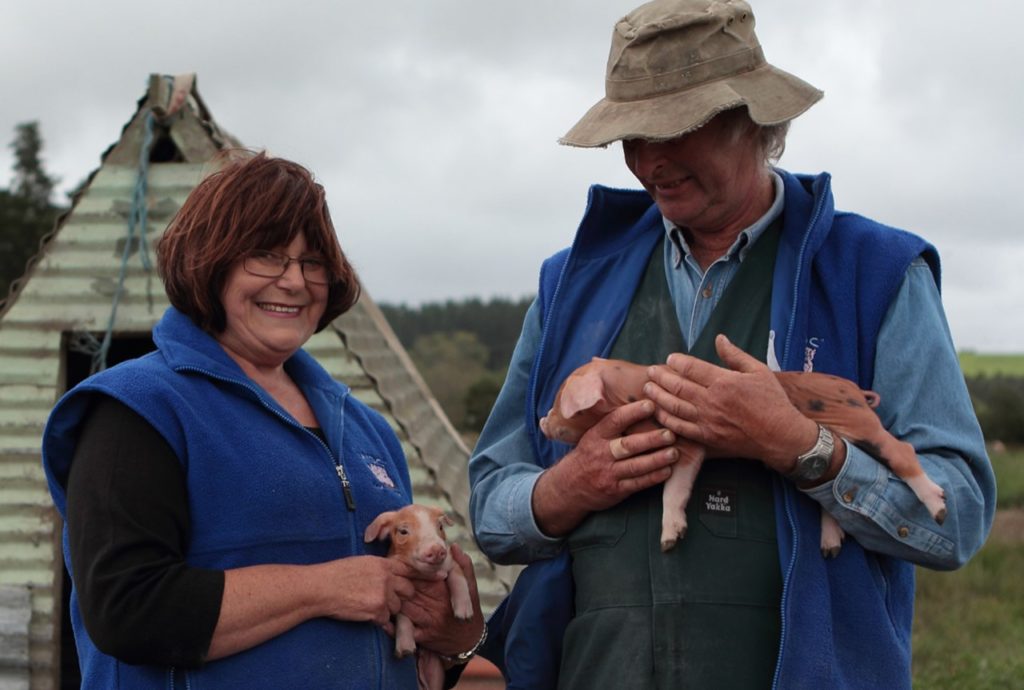
The result of Havoc’s efforts – from maintaining a sustainable stock level, to feed regimes, to meat processing – I think, meets the criteria of an ethical and caring food producer. And while all foods should be treated with veneration there is also a celebration of the life given which needs to be considered. Part of that celebration is comparing the quality of the food with the life it has lived. Does its provenance come through in terms of flavour and is its processing reflected in both freshness and tenderness? How does the food actually taste in comparison with how it was raised? These questions need to be asked not only for culinary consideration, but also because they make us slow down and really look at the label, the company, the product and how much of it we should be eating. I’m a firm believer that our meat consumption has got out of control but that by considering the life of the animal, its producer and processor, I am forced to shift my values from glutton to epicurean or from cheap meat on sale to paying a fair price for quality all around. In this way, I am respecting the life of the animal and consuming (like my American Indian ancestors) only that which is good for the entire eco system.
Having really looked into this farm and food I am satisfied both mentally and physically with Havoc Pork and their extraordinary practices and product. The price is going to be higher than pork coming in from China of course, but there’s some good reasons for that and given what I know about how most pork is treated outside of NZ, I’m not interested in saving a few dollars to support those systems. For my money, Havoc does an outstanding job of caring for its stock and producing amazing pork that’s worth every cent.
